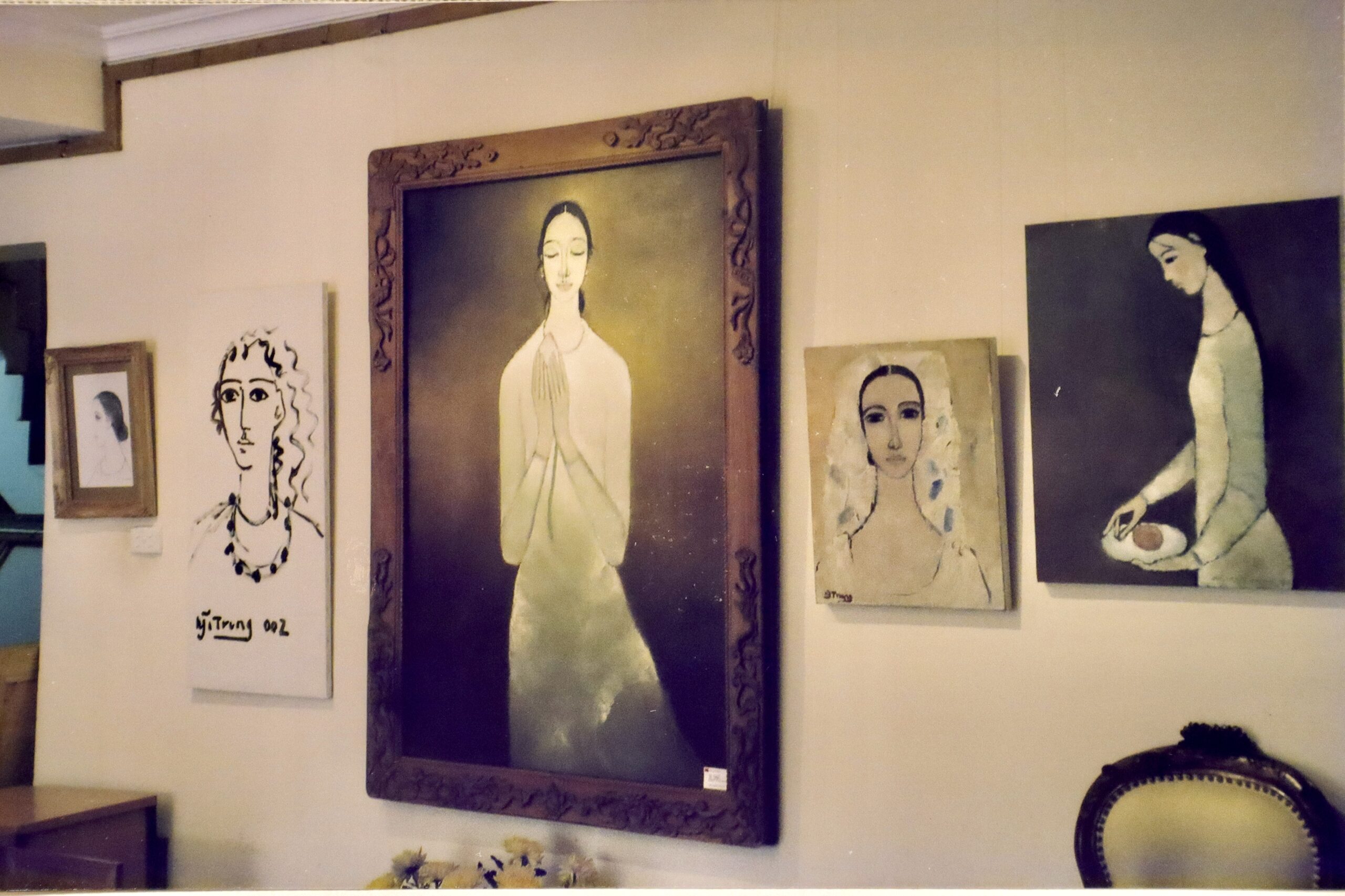Travel+Leisure Magazine: Vietnamese Food – The Ultimate Food Guide

Journalist, Brand Strategist, Professional Leaver-of-Town; Editor-at-Large, Condé Nast Traveler; Co-Founder, Story Collective LLC
Boi Tran took the precious formality of Hue cuisine to a new place, where the pleasure of pure flavour, not mere visual dazzle, was primary.

Hue is a slow-burn town. While Vietnam’s former imperial capital is certainly beautiful (the flame trees lining the boulevards could make a grown man swoon), it’s also sleepy and standoffish, more village than city. There’s an upside to this: a short bike ride out from the centre will bring you into the unkempt wilderness, where only cicadas break the silence. But even downtown isn’t much livelier. And though Hue figures into plenty of travellers’ itineraries — for its magnificent Citadel, pagodas, and imperial tombs — many find it tough to crack.
Hue is renowned for its elaborate cuisine, developed by the skilled cooks of the royal court. Legend has it that the Nguyen kings, who ruled a united Vietnam from Hue in the 19th century, refused to eat the same meal twice in a year, so their cooks came up with hundreds of distinct, visually arresting dishes (most using the same few dozen ingredients). This tradition endures in the local craze for dainty, flower-like dumplings and cakes such as Bánh Bèo, which aesthetically own much to China and Japan, Bánh Bèo is an acquired taste, a bit too gluey.
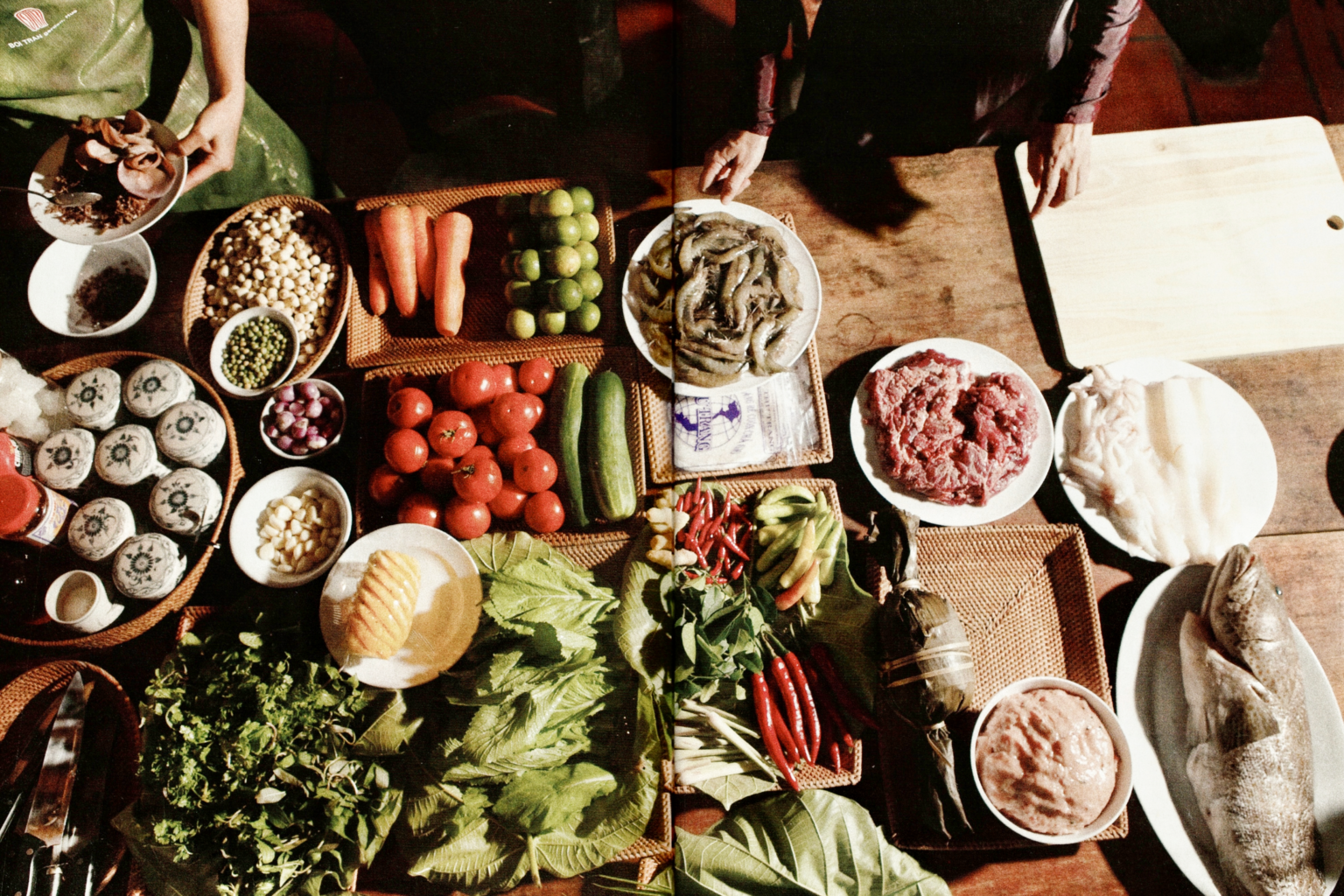
The highlight in Hue, however, was a three-hour dinner at the royal garden (Hoàng Viên), opened in March 2010 by the painter and chef Boi Tran in a restored French-colonial house. In an open-walled dining pavilion, long teak tables are set with vases of yellow roses: an ideal setting for a modern take on Hue cuisine, presented with appropriate flourishes, like Vietnamese kaiseki. “Shrimp with five tastes” was reminiscent of Thai tom yum koong, with a single, plump pink prawn swimming in a consommé spiced with Kaffir lime leaf, lemongrass, chilli, shallot, and ginger. Each flavour came through brilliantly. The Hoang Vien’s Nem Rán (pork, shrimp, and mushroom spring rolls) were shrouded in wispy golden threads of fried rice paper and accompanied by a salad of rose petals. Across five more courses, all presented on exquisite china from Bát Tràng, the famed pottery village outside Hanoi, Boi Tran took the precious formality of Hue cuisine to a new place, where the pleasure of pure flavour, not mere visual dazzle, was primary.
Source Travel+Leisure: Vietnamese Food – The Ultimate Food Guide
You may also like
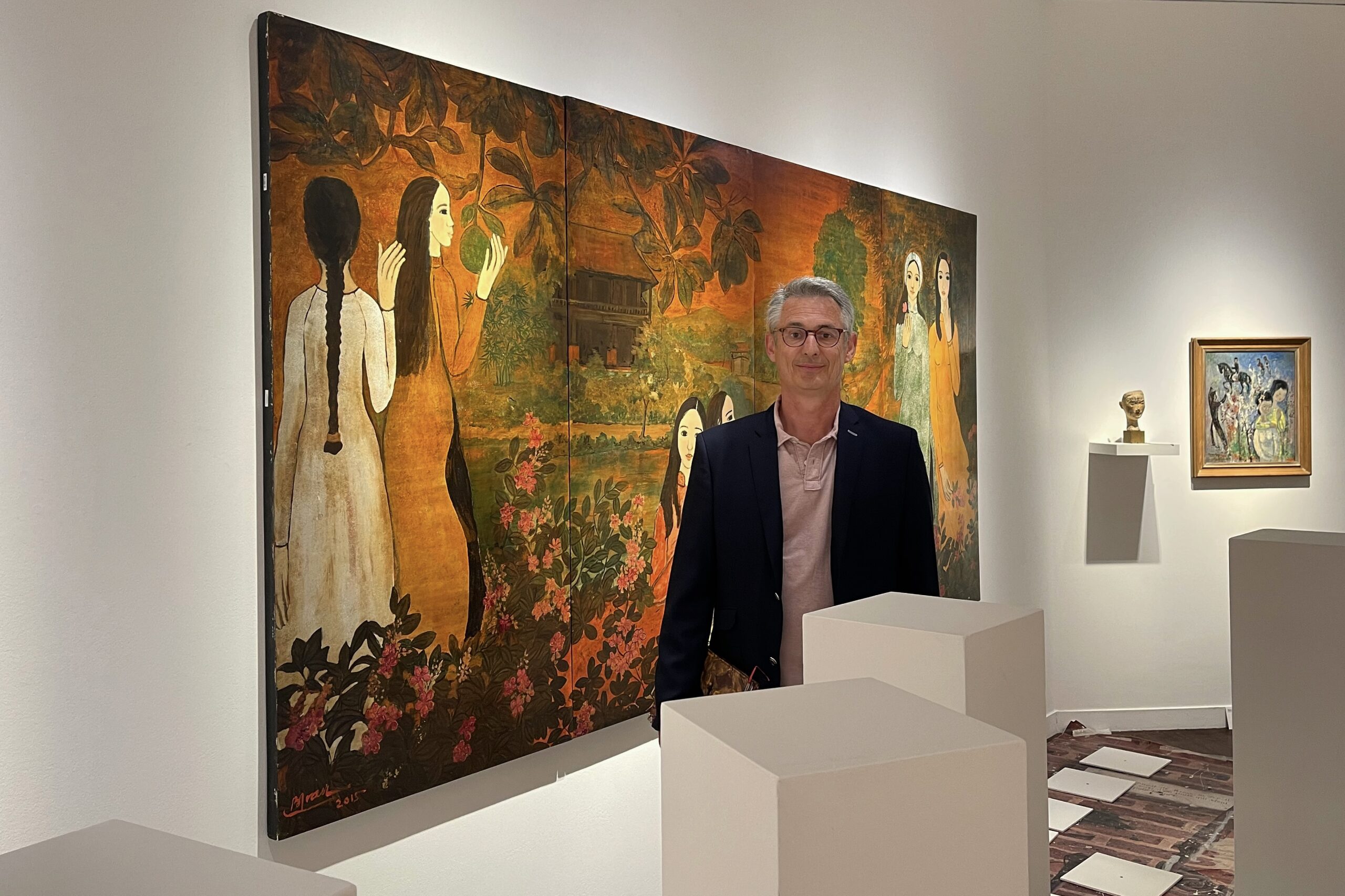
The Melchior Dejouany Collection 'The Phoenix Glue and the Broken Silk Thread' and His Expression

Christie's Paris: The Melchior Dejouany Collection 'The Phoenix Glue and the Broken Silk Thread'
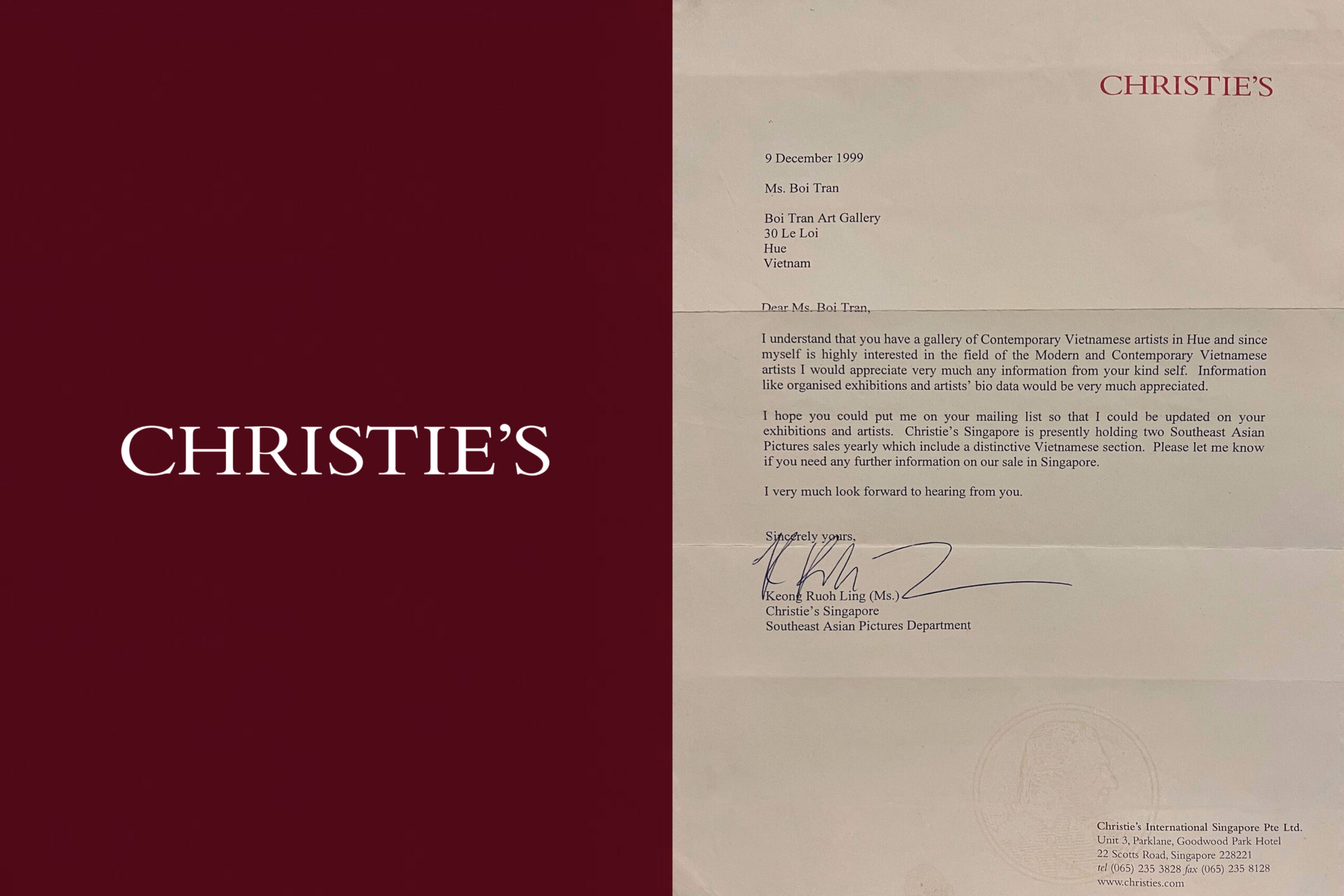
Christie's: Southeast Asian Pictures' Letter to Boi Tran Art Gallery in 1999
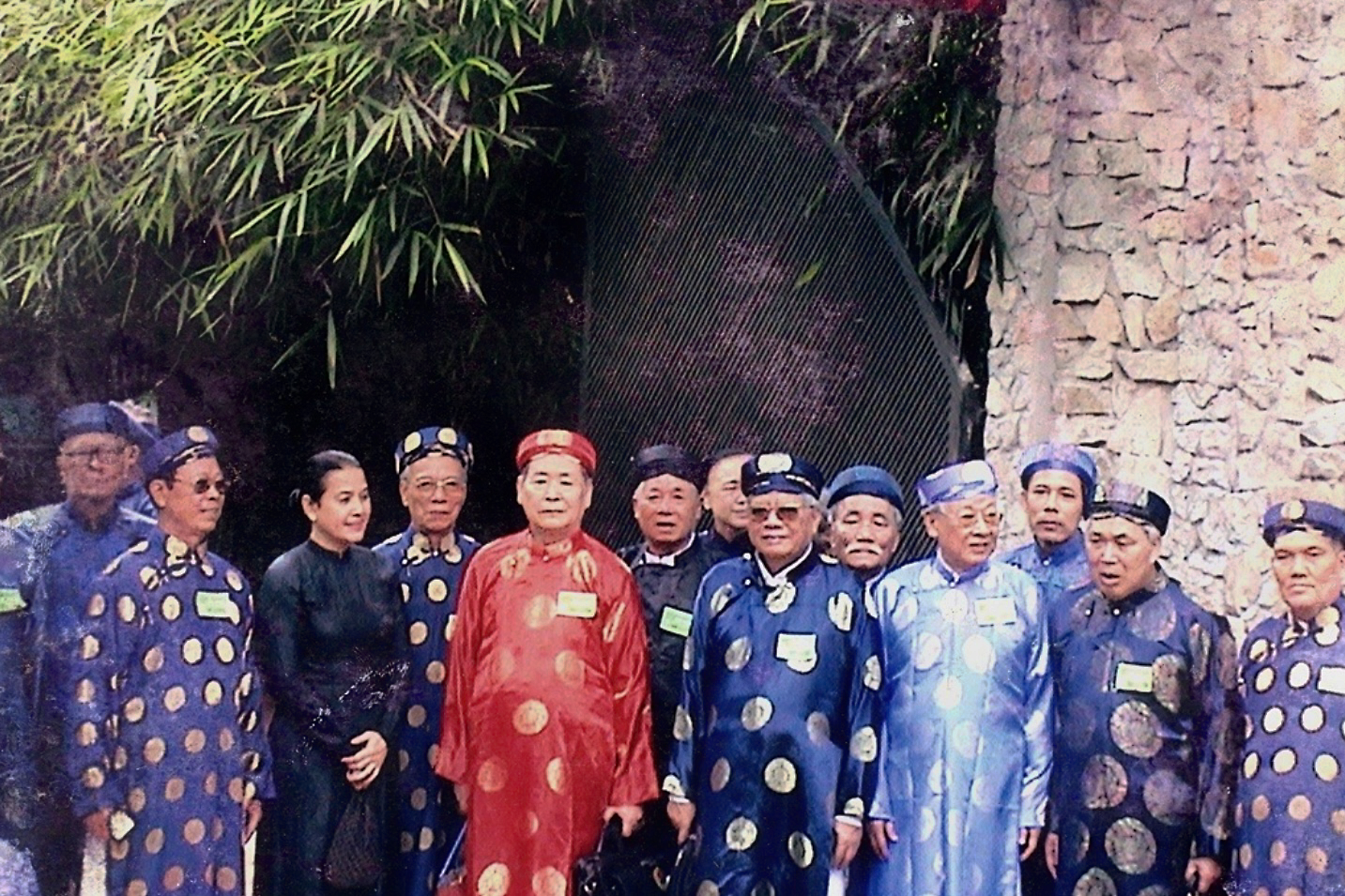
Council of Vietnamese Phan Family's Honorary Certificate for Painter Boi Tran's Sempiternal Contribution to the Community

Emeritus University Professor Vinh Tuong’s Letter: "Madame Boi Tran’s Artistry and Brilliance Bequeathed to us a Respect and Precious Memory that Lasts for Good"

Ancient Mansions' Rebirth
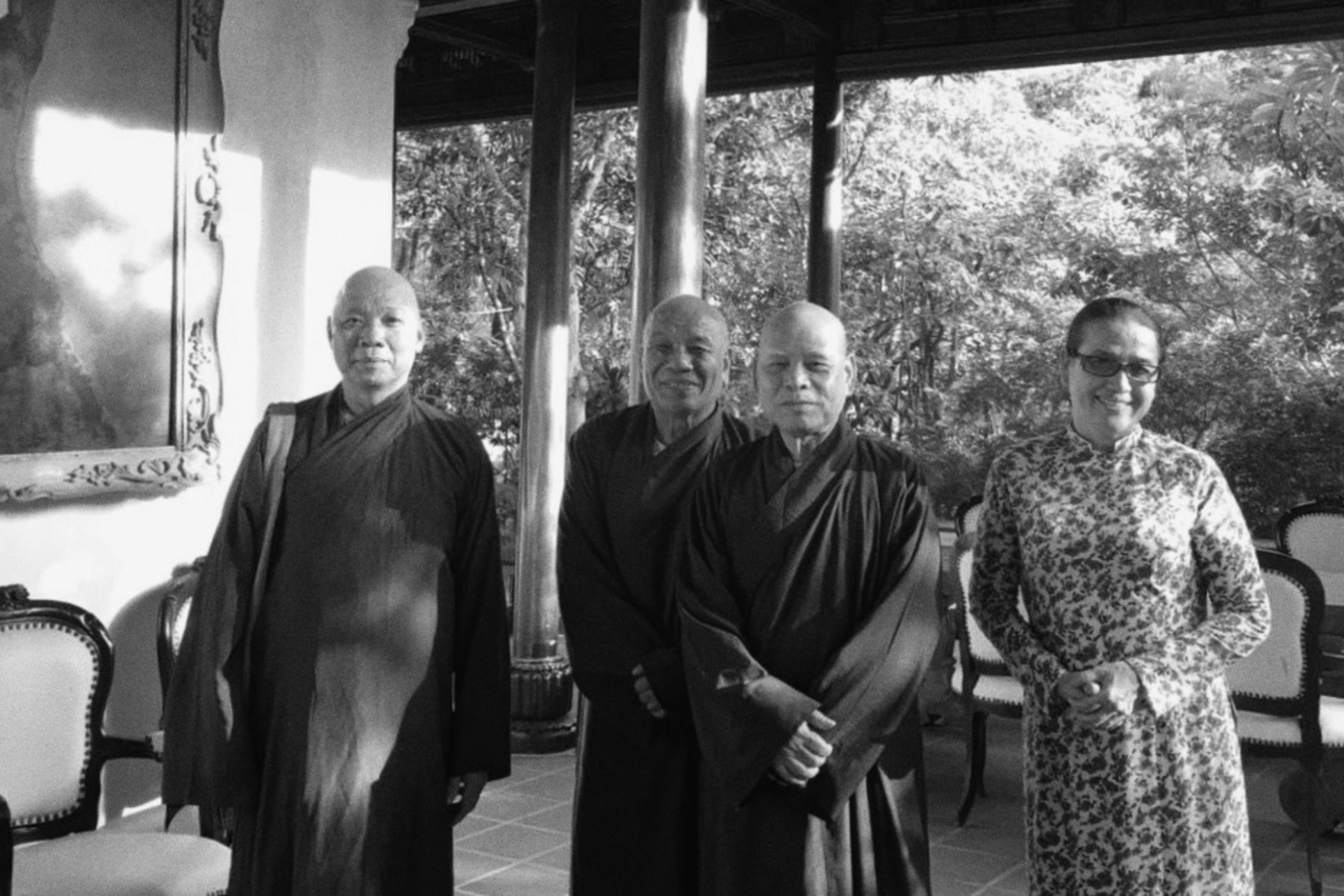
Budda Master, Sugata Thich Chon Huong and his Inscription to the Woman Intellectual Boi Tran
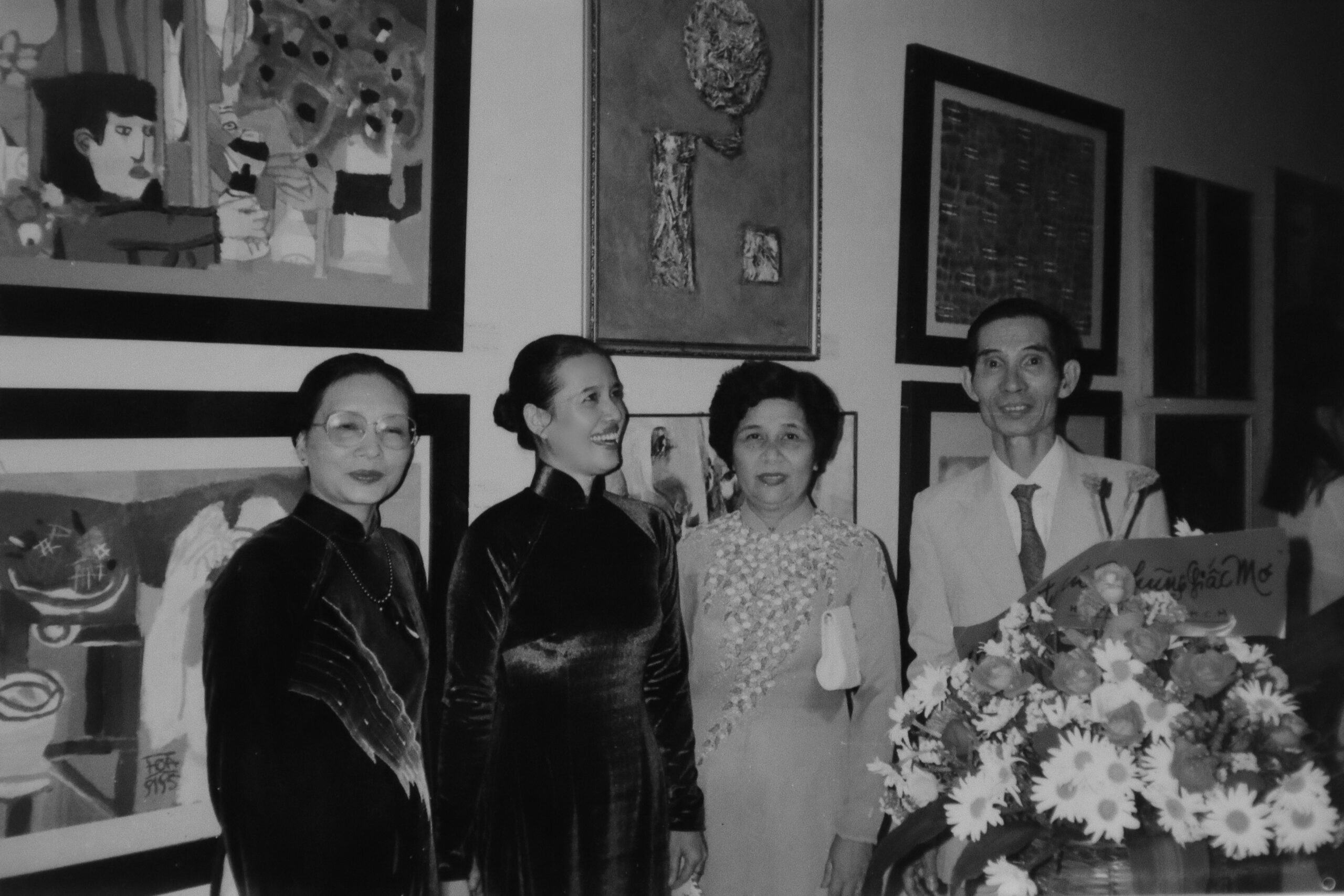
Vinh Phoi, a Pioneering Abstract Expressionist, a Loyalist to the Imperial Hue and His Handwritten Reference Letter to Boi Tran and the Art Gallery
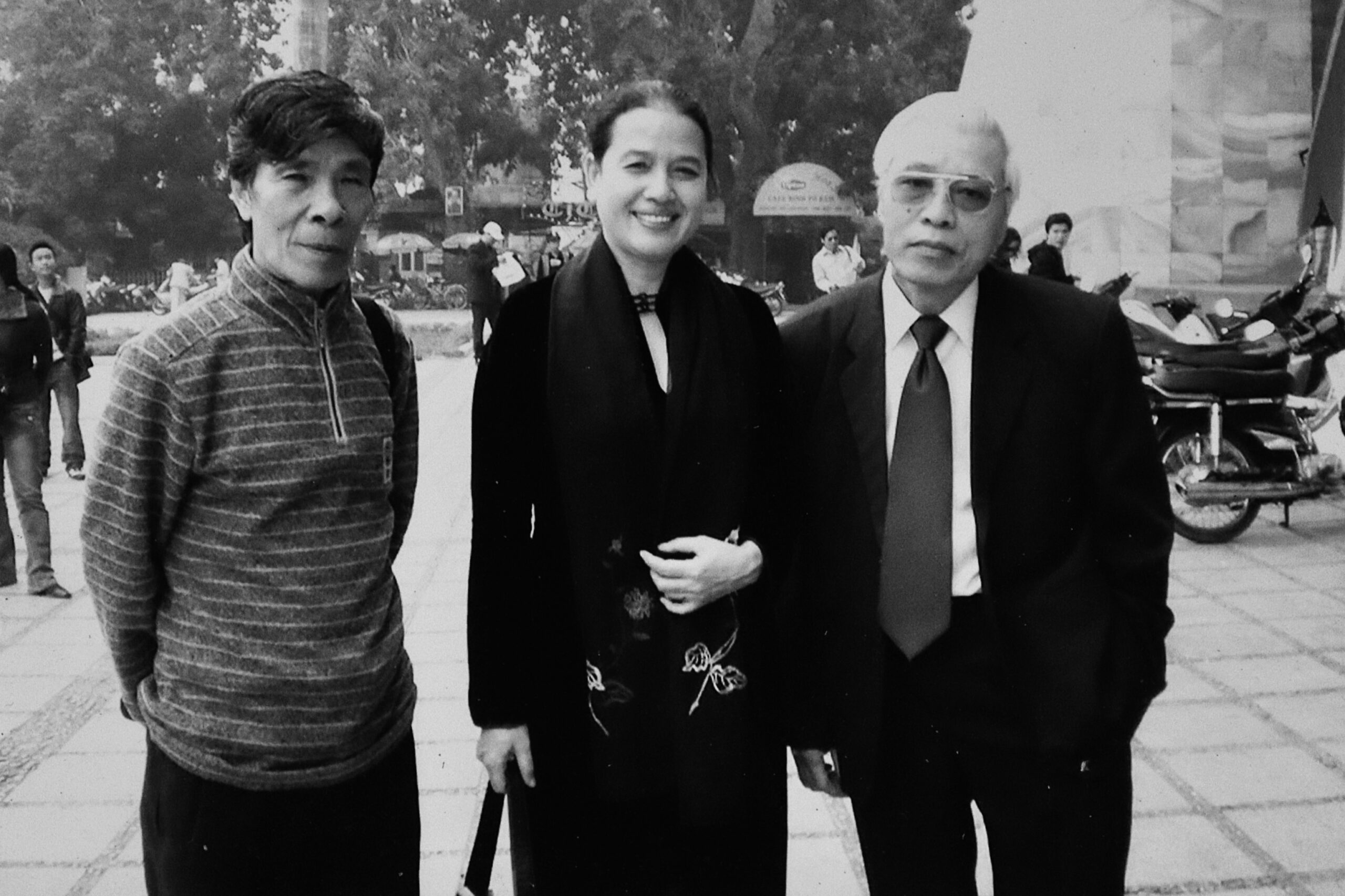
Director of Vietnam National Fine Arts Museum Cao Trong Thiem and the Written Massage to Boi Tran

Mai Van Hien, Sketcher of the First Banknote for Vietnam and His Letter to Boi Tran and Boi Tran Art Gallery in 1998

Photographer Jean-Baptiste Huynh's Message to Bem from Paris
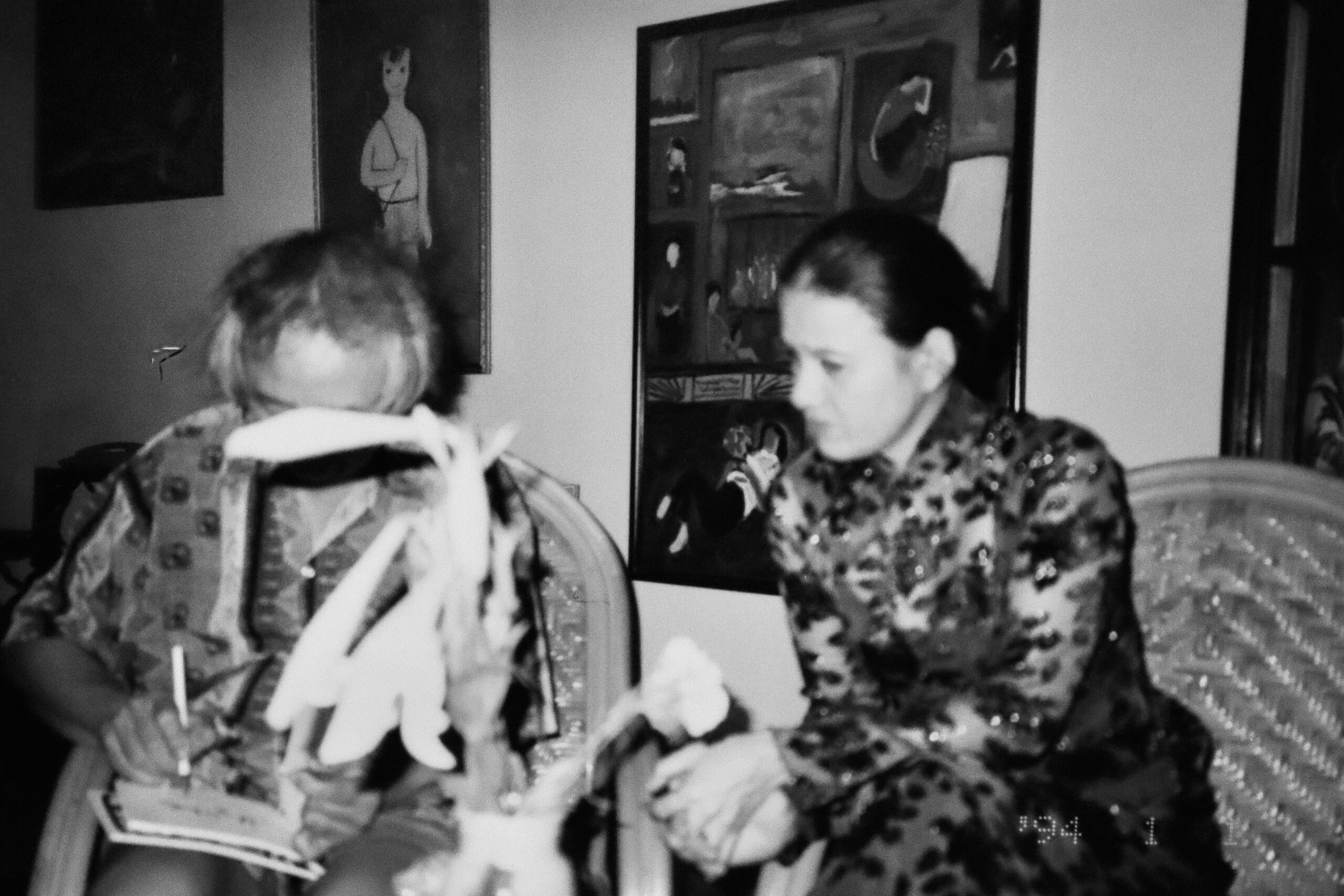
Luu Cong Nhan: Endless Memoirs

Diep Minh Chau's Drawings of Boi Tran and Minh Chau with His Inscriptions
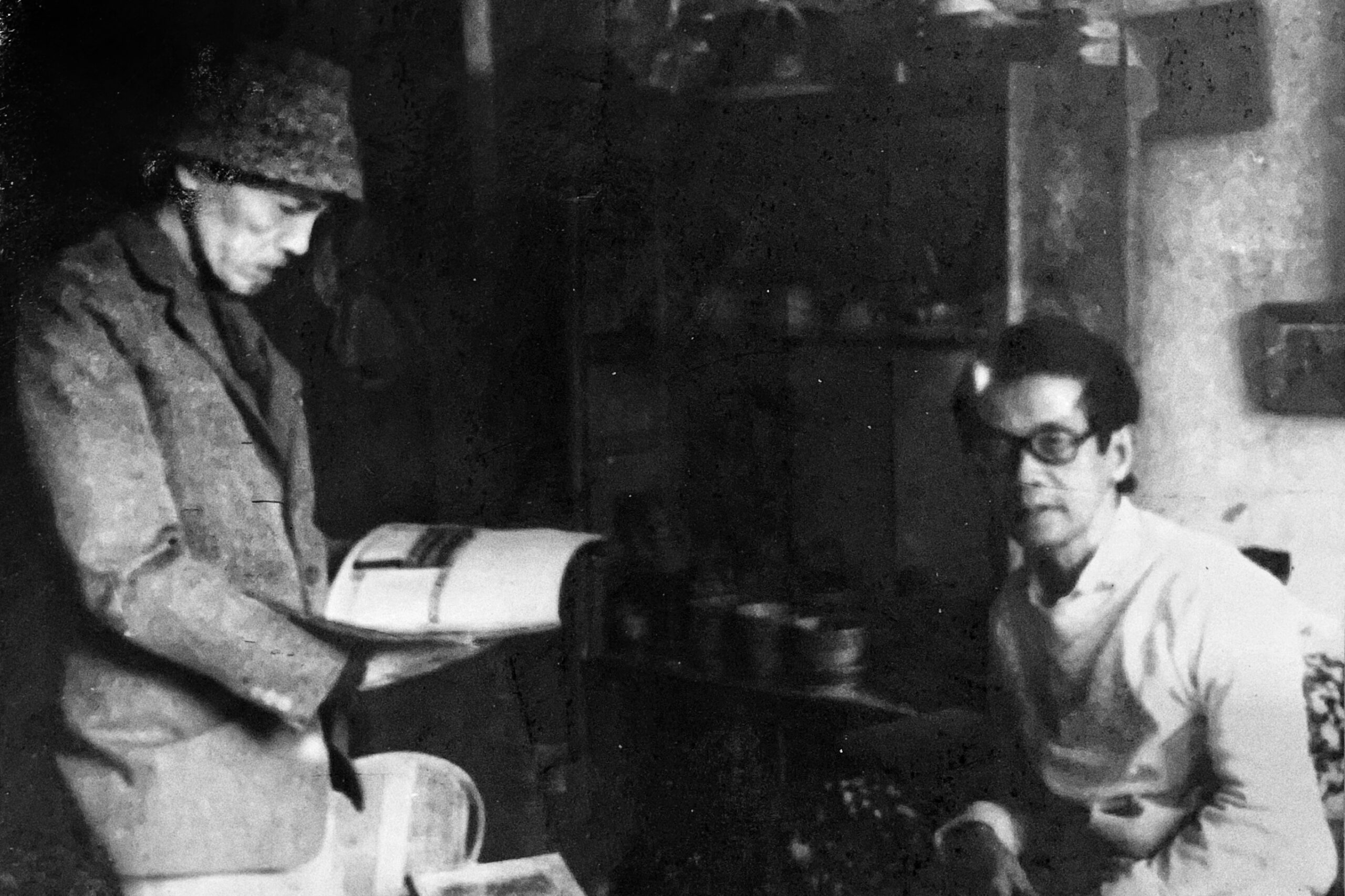
Nguyen Trong Niet and Bui Xuan Phai's Last Handwriting Before His Quietus in 1988
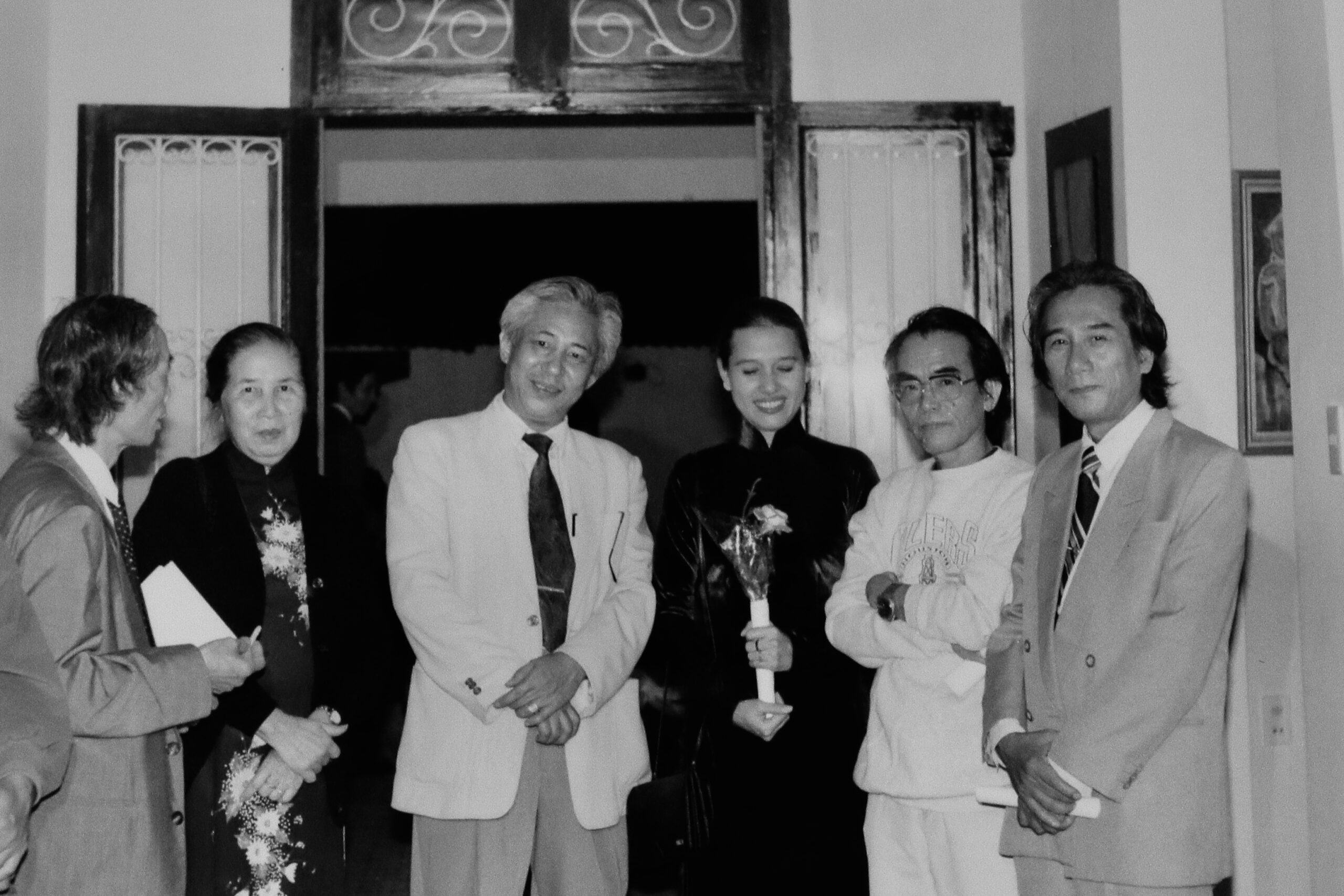
Truong Be: A Quest For The Absolute and His Handwriting to Boi Tran

"Nature and People from an Old Outlook" Exhibition, Invitation and a Handwritten Note of Viet Hai and Tran Luu Hau to Boi Tran

Dinh Cuong: "A Piece of Poetry to the Lady on Thien An Hill in the Cold Drizzle"
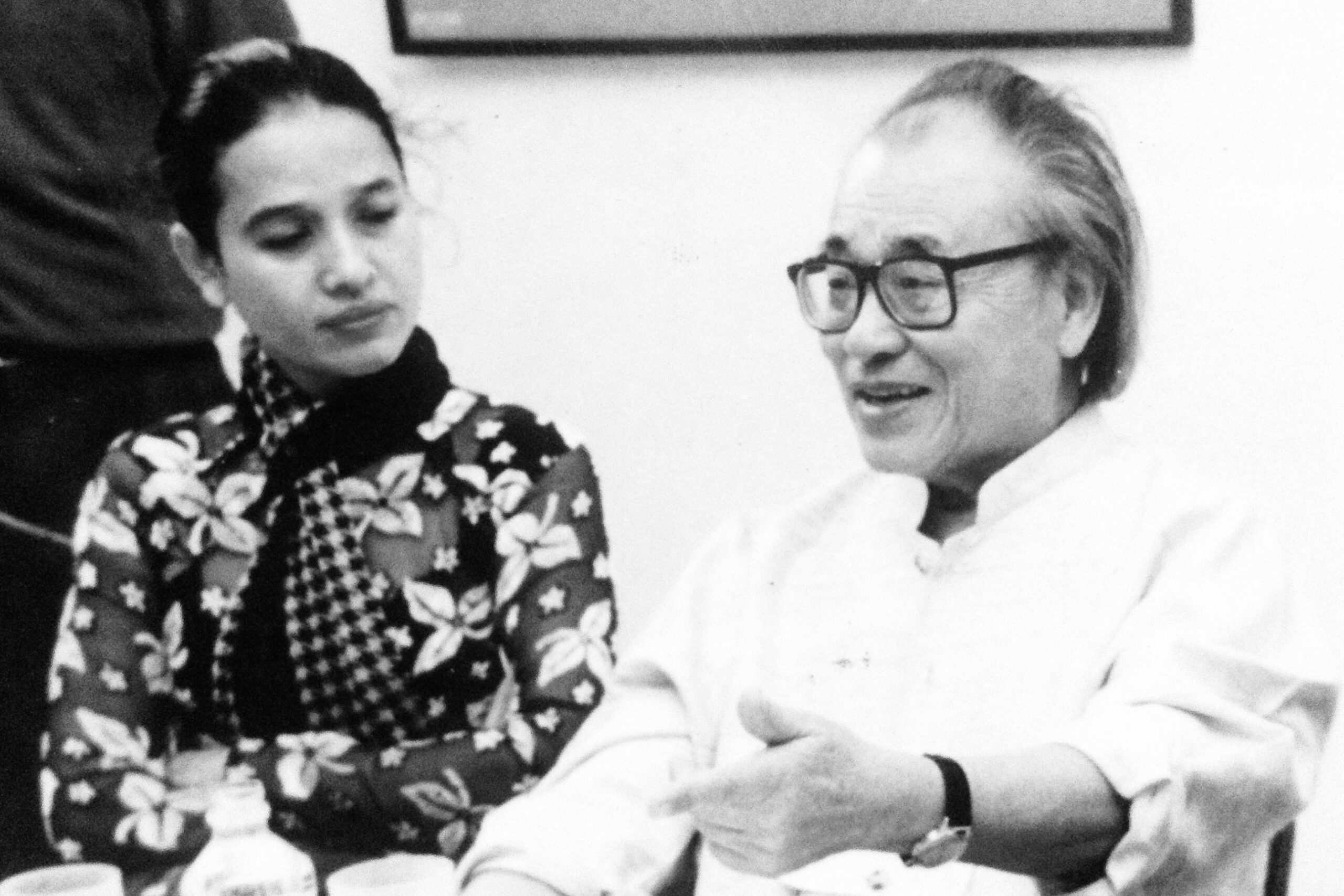
Le Ba Dang’s Handwritten Letter to Boi Tran in 1999
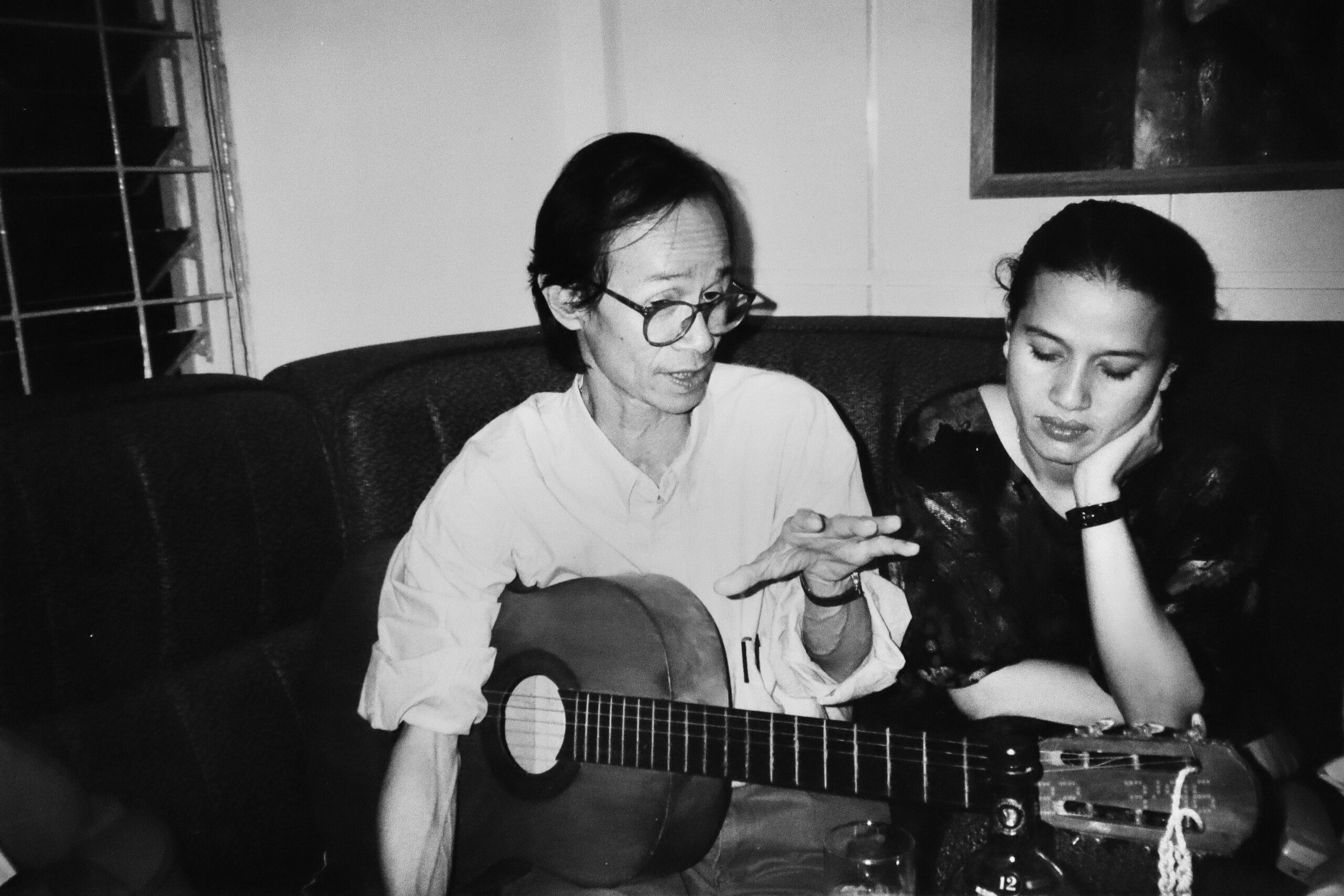
Epilogue by Trinh Cong Son on the Grand Opening of Boi Tran Art Gallery in 1995
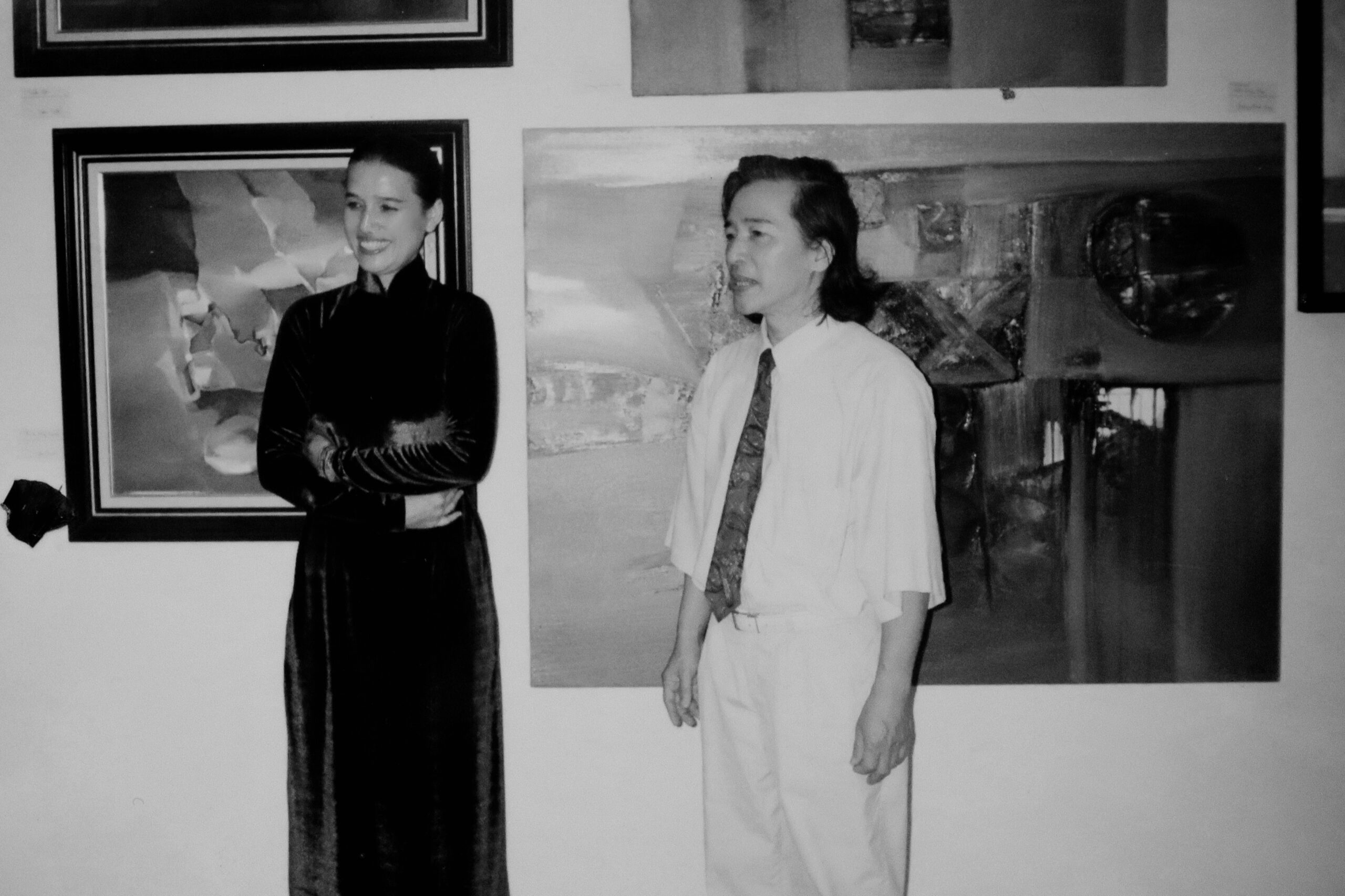
Prologue by Buu Y on the Grand Opening of Boi Tran Art Gallery in 1995
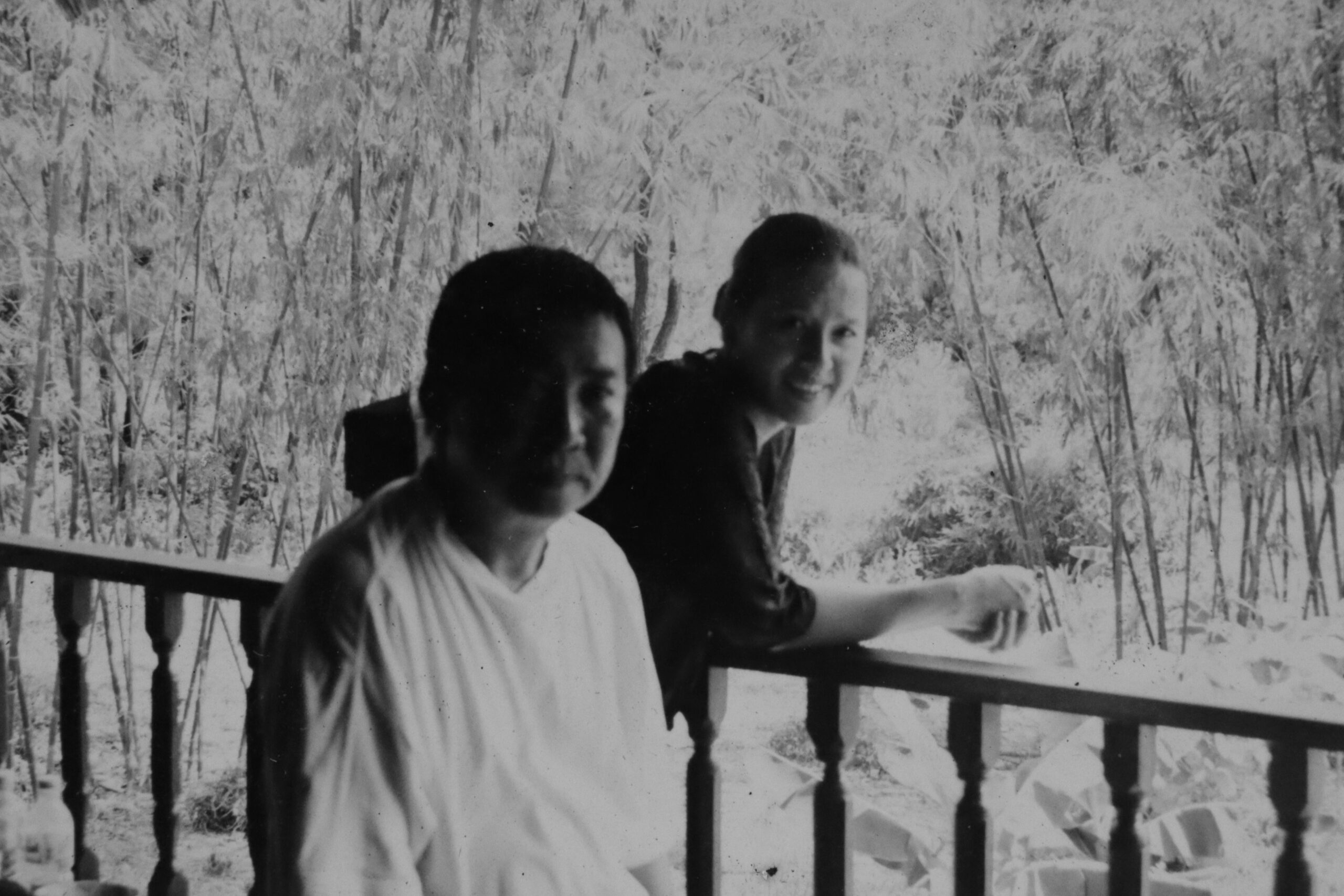
Nguyen Trung's Expression on Boi Tran's Exhibition: I and the Call from My Within
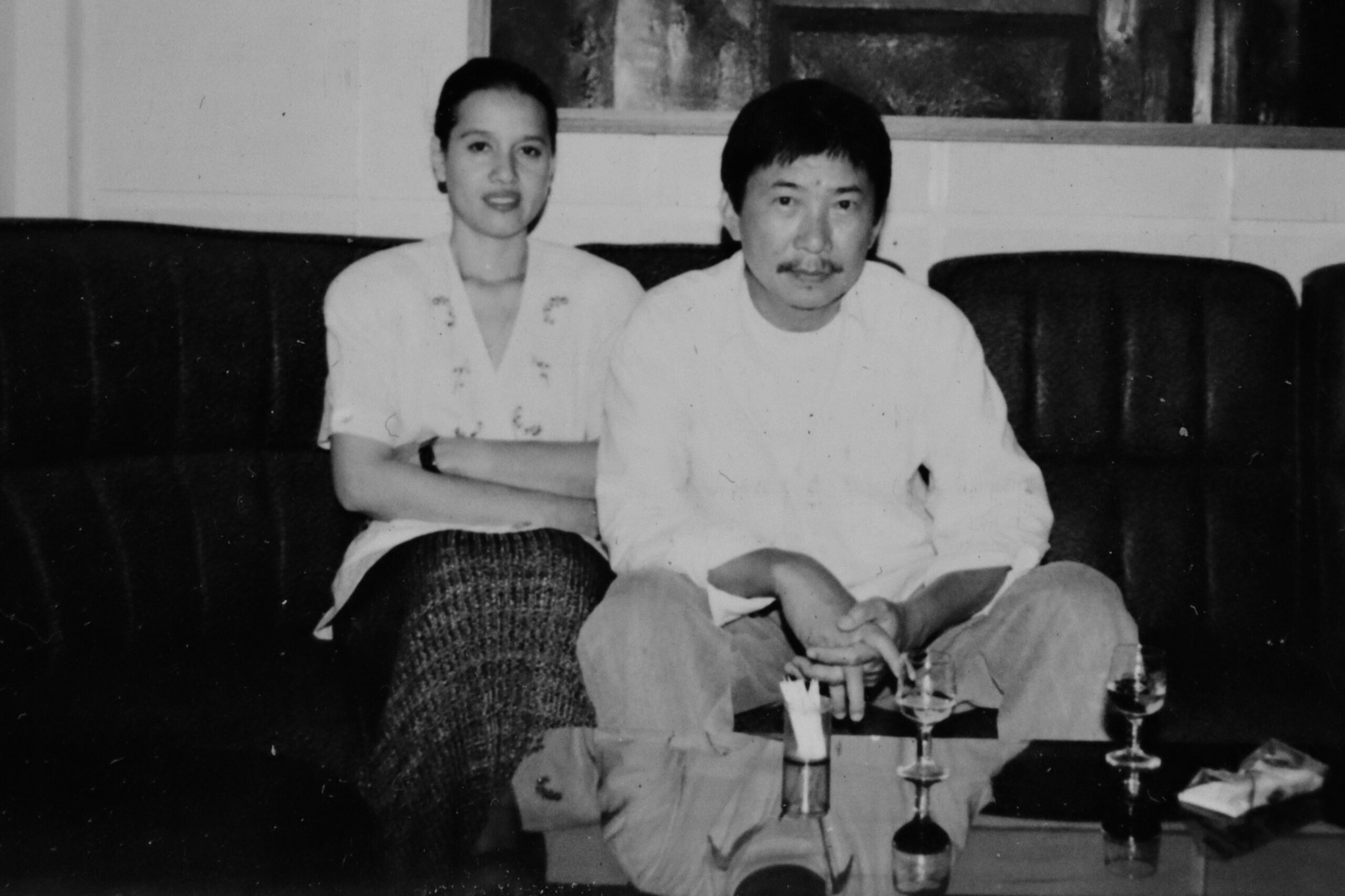
Nguyen Trung's Preamble on the Exhibition of Paintings: Hue in 1996

Words of Architect Ngo Manh Duc, Son of Le Thi Luu to Boi Tran and Her Work of Art
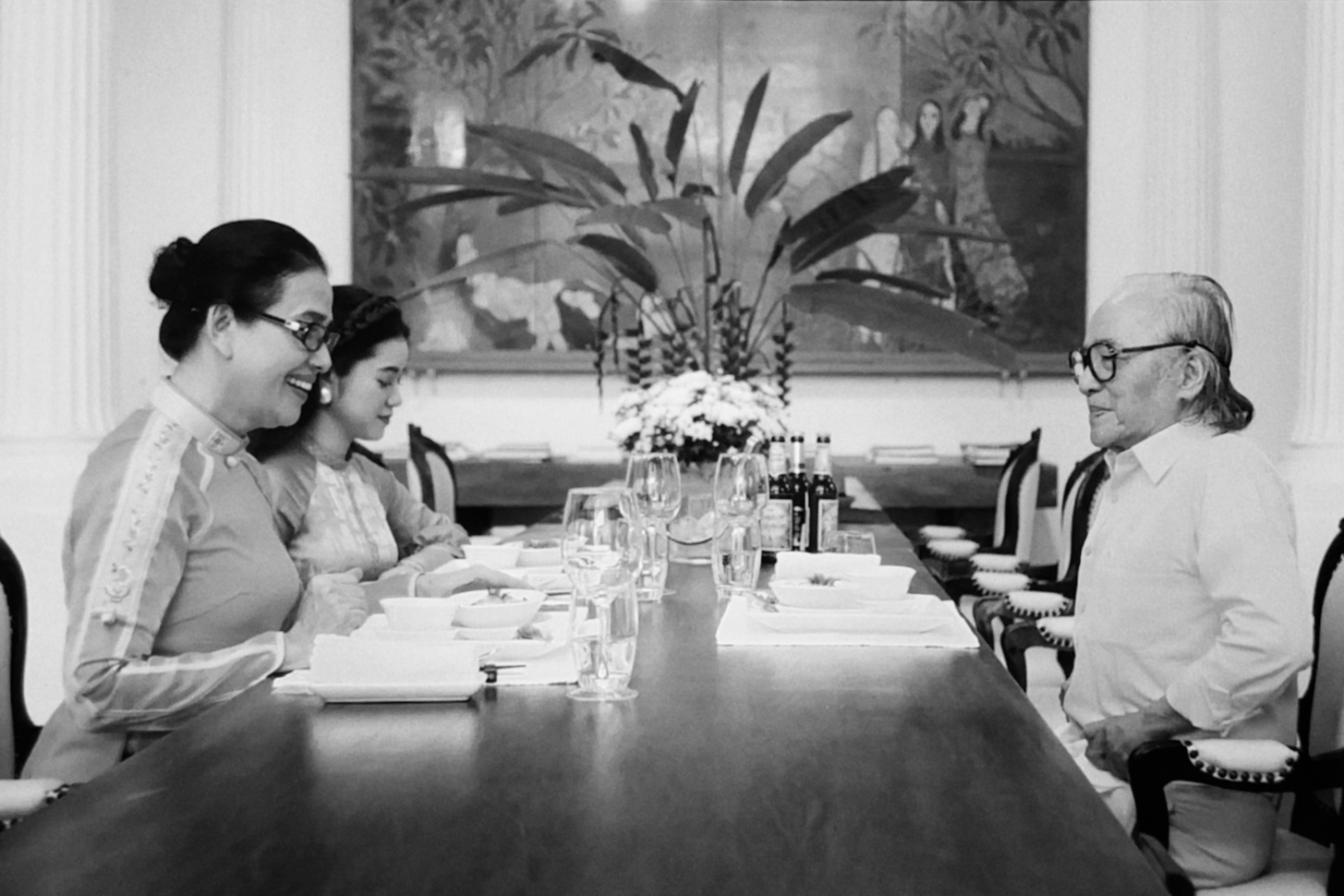
Director Nguyen Quang Dung's Documentary TV Series "Ambrosia in all the Details" and Painter Boi Tran

Harper's Bazaar: A Great Hue Destination

Christie's: Women in Art from the XVI to the XXI Century
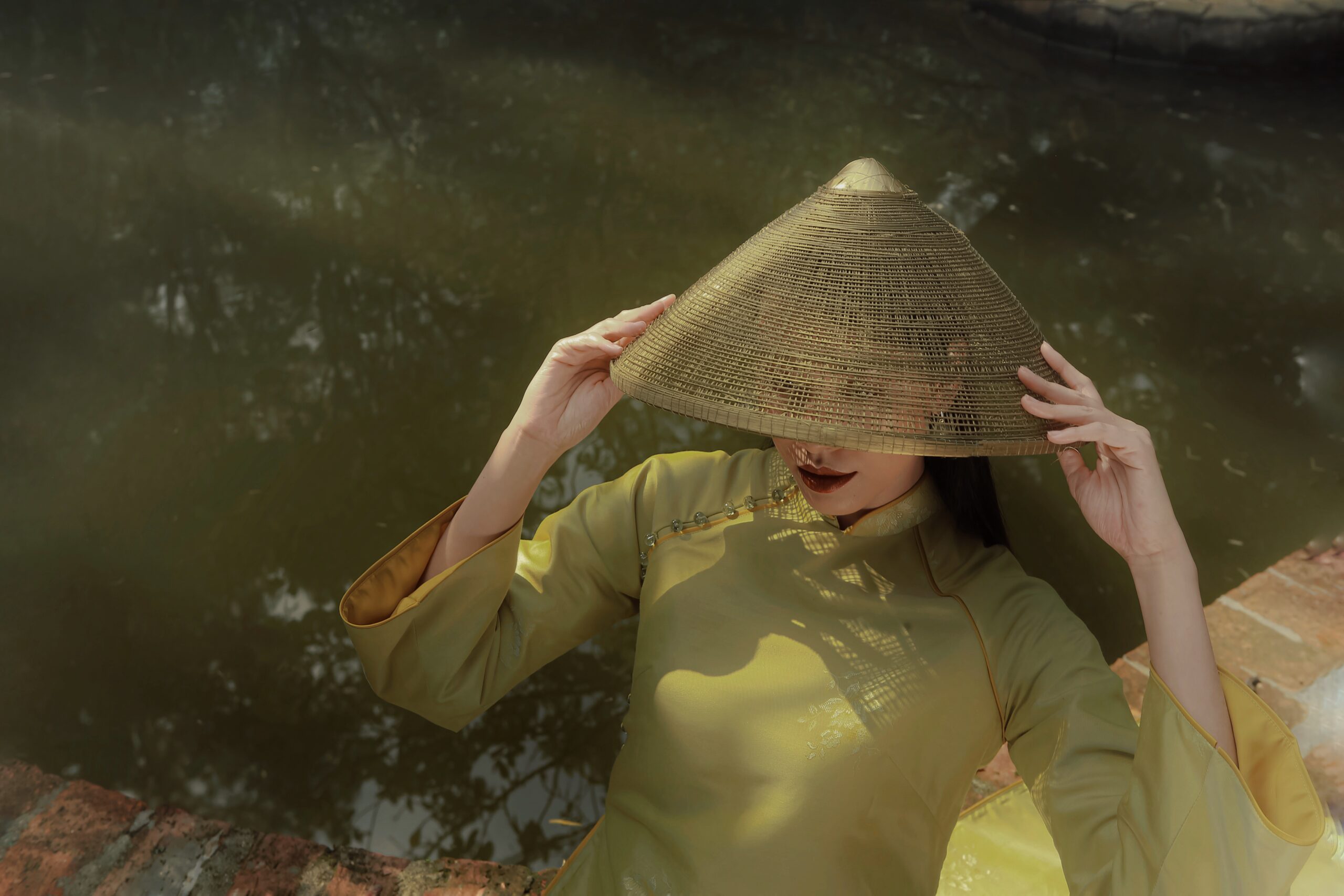
Éternité Magazine: Cloud Landing Collection by Designer Tran Thien Khanh and Photographer Tran Dinh Thuc Doan

Royal Cuisine - Cultural Interview: The Hue To Go by KF Seetoh

Anne-Solenne Hatte and "La Cuisine De Bà" or "Tasting Vietnam"

"Incubating Culture in Vietnam and Hue’s Rebirth as Vietnam’s Center of Art & Heritage" Hosted by Harvard Kennedy School, Fulbright University Vietnam and Boi Tran Garden
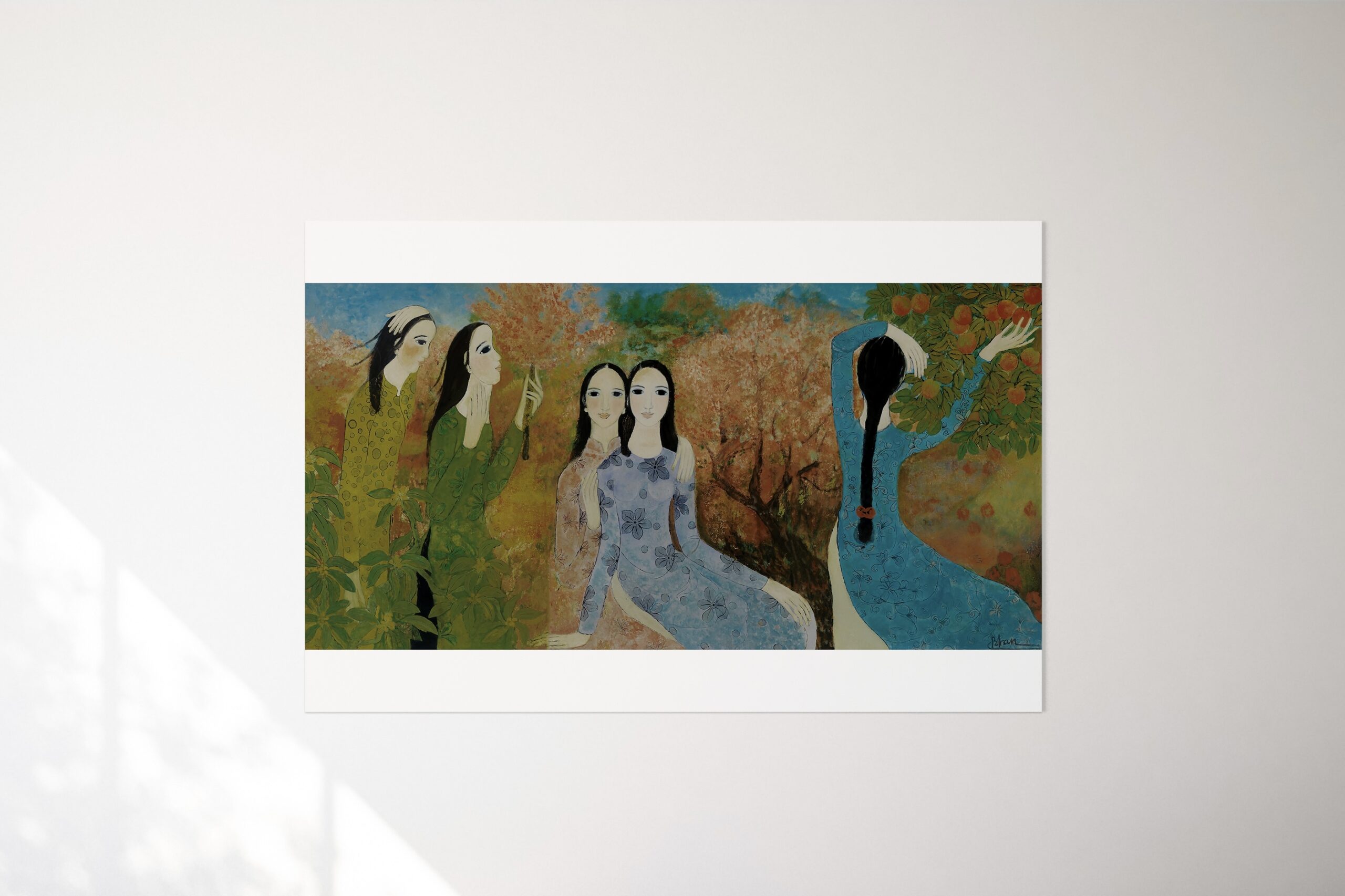
Ravenel: Select Modern & Contemporary Art, Vietnamese Modern Art

General Secretary, Germany Minister of Digital Affairs and Transport Volker Wissing's Letter to Artist Boi Tran

"A Perfect Evening of Companionship" with Skirball Cultural Center Founding President and CEO Uri D Herscher
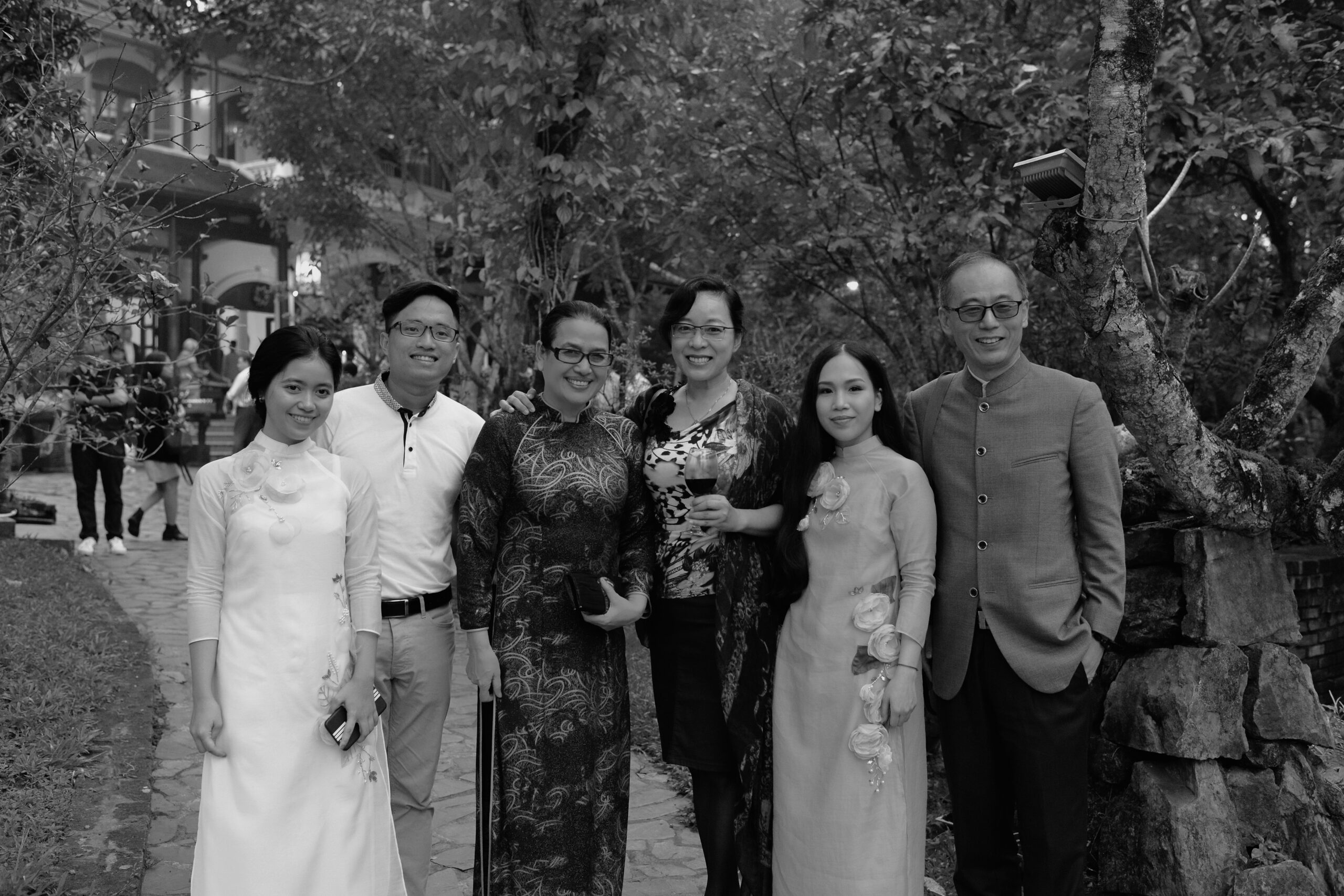
Shanghai Pujiang Southeast Asia Culture and Art Exchange Center President Zhang Zhi Yong Celebrates Boi Tran's Solo Exhibition: Le Rêve Qui Veille
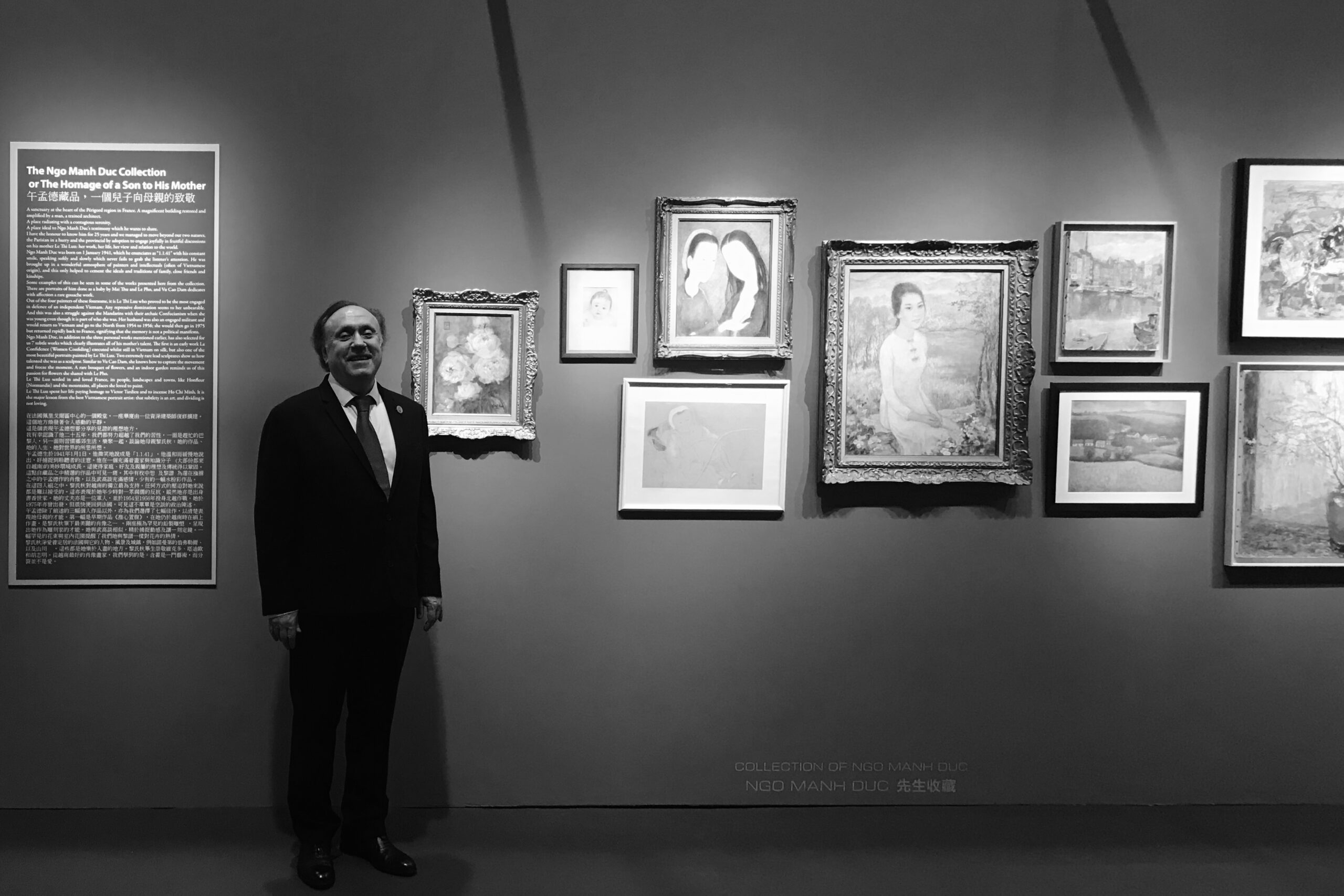
Boi Tran: "Le Rêve Qui Veille" by Christie's Senior Expert Jean-François Hubert

Fine Dining Deepened in Endless Conversation with Mr William Drea "Bro" Adams and Mr Joe Boulos

Largest Museum in Canada: Royal Ontario Museum and Letter to Painter Boi Tran

Cultural Exchange: Chairman of the Party Central Committee’s Commission for Foreign Affairs Le Hoai Trung, Deputy Secretary (Asia-Pacific), Singapore Ministry of Foreign Affairs Mr Ng Teck Hean and Painter Boi Tran
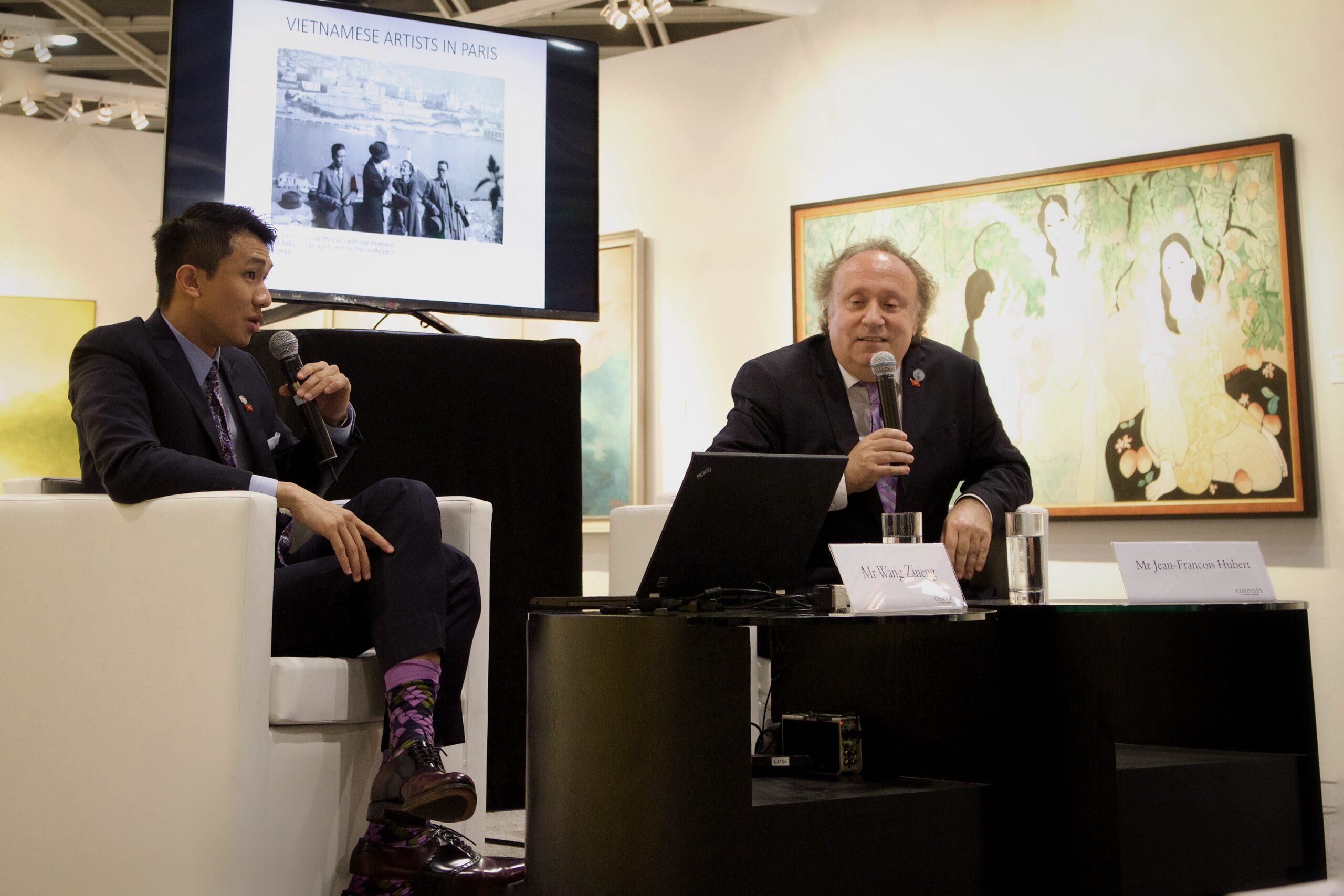
Christie's: Se Souvenir Des Belles Choses - A Curated Collection of Vietnamese Art
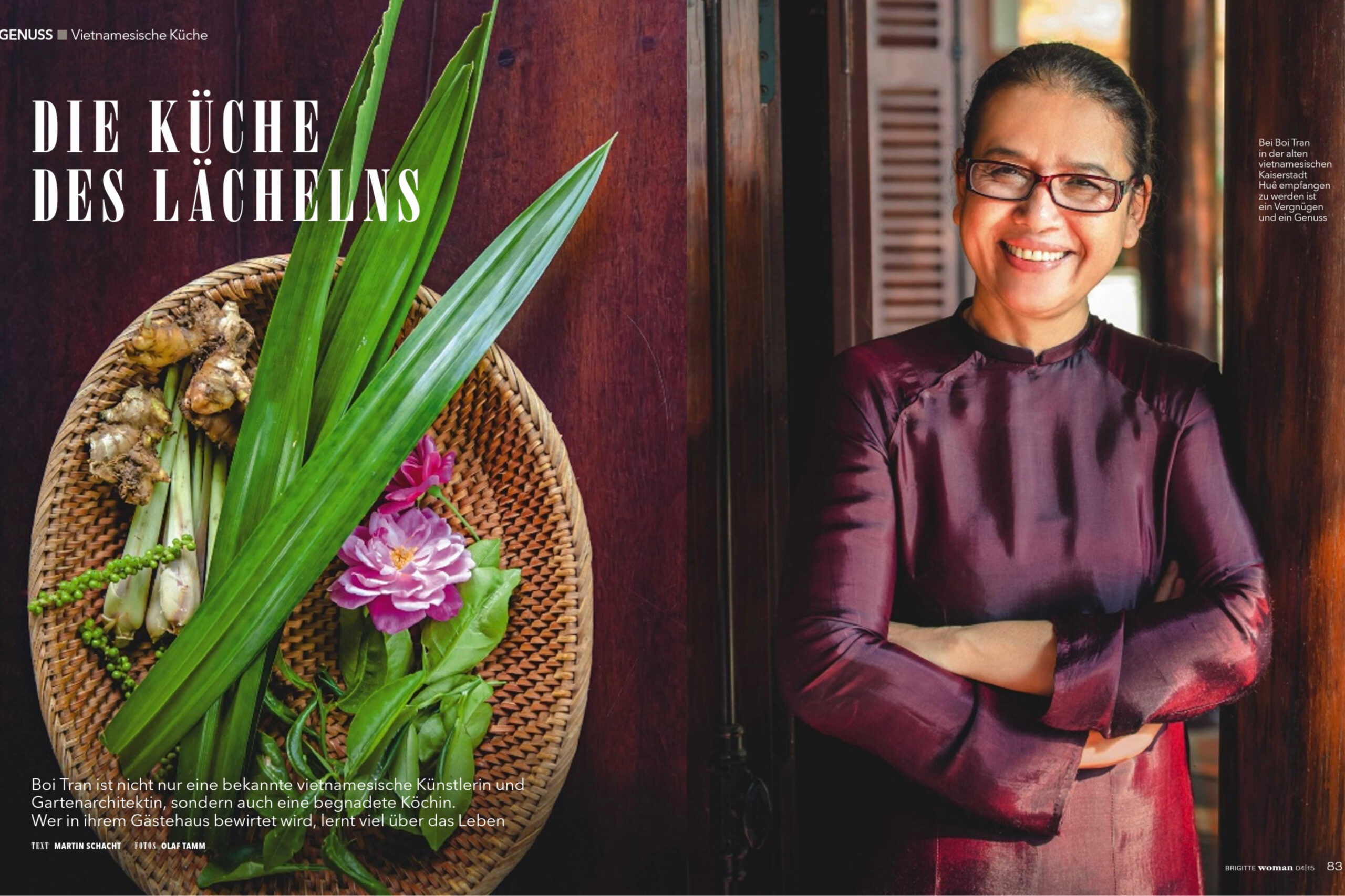
Brigitte Woman: The Kitchen of Smiles
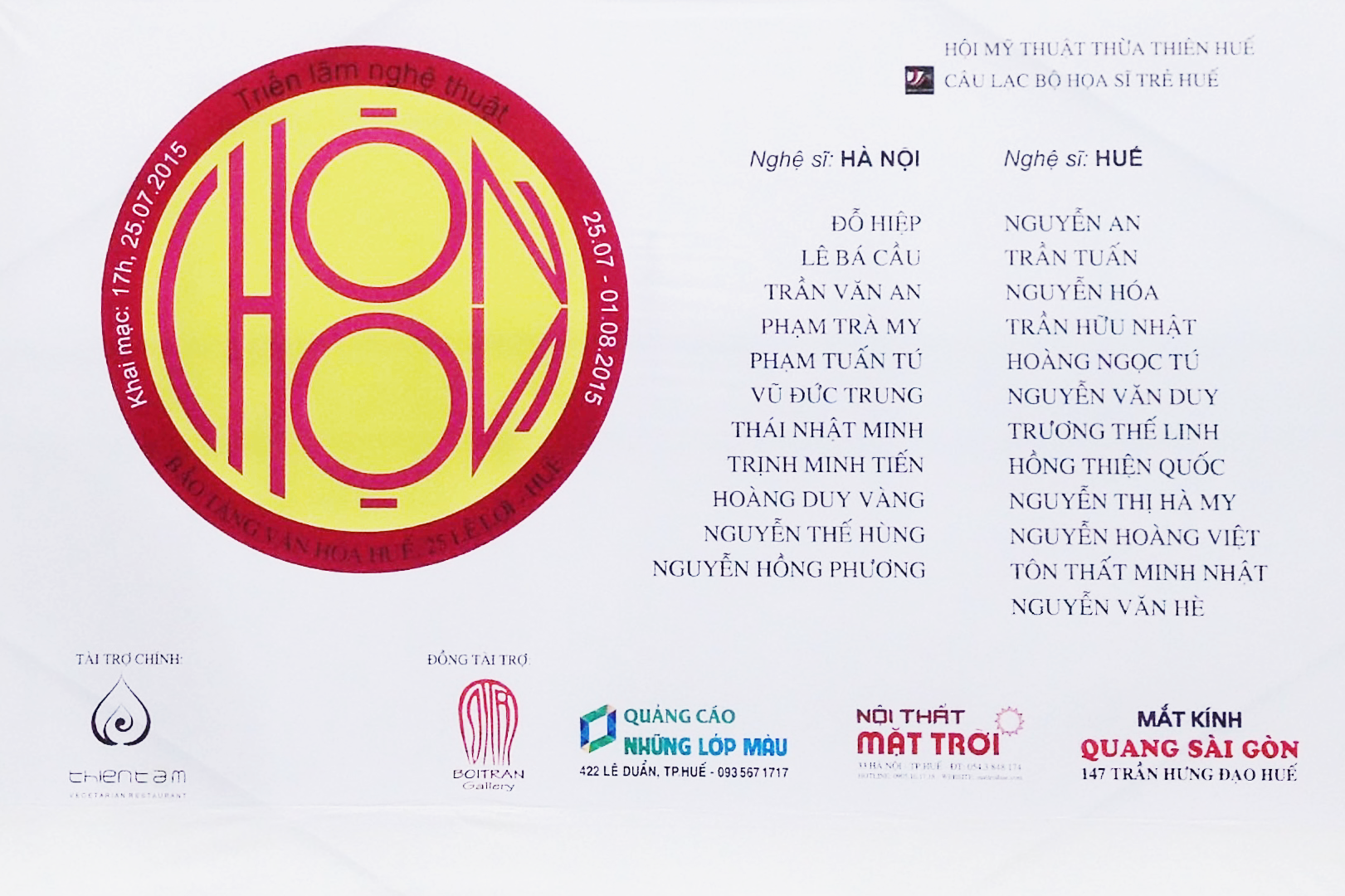
Group Exhibition ”Chòn Chòn”: Hanoi and Hue Young Artists Co-Sponsored by Boi Tran Garden in 2015
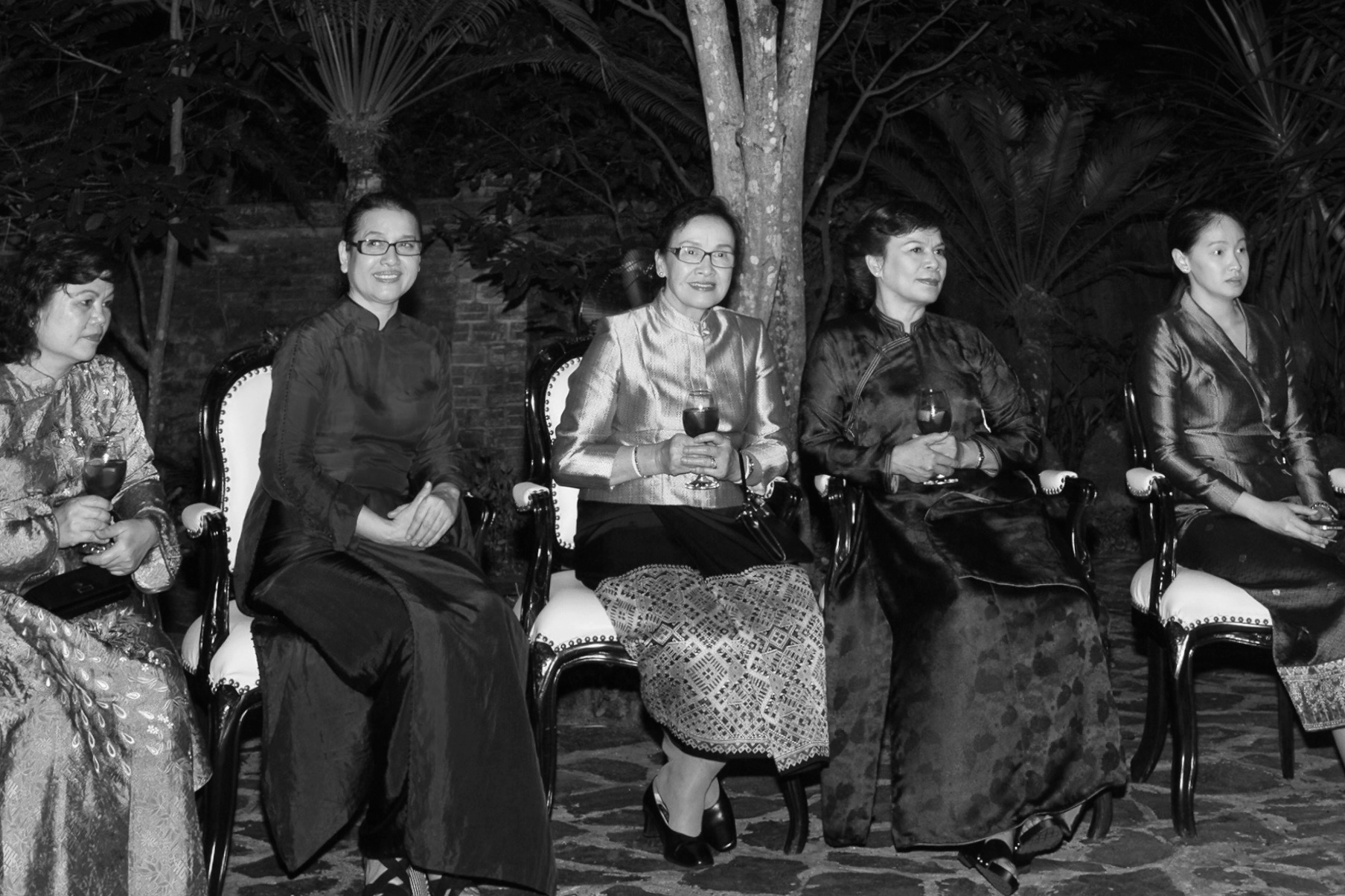
Cultural Exchange: The Combination of Hue Royal Refined Music and Hue Culinary Culture
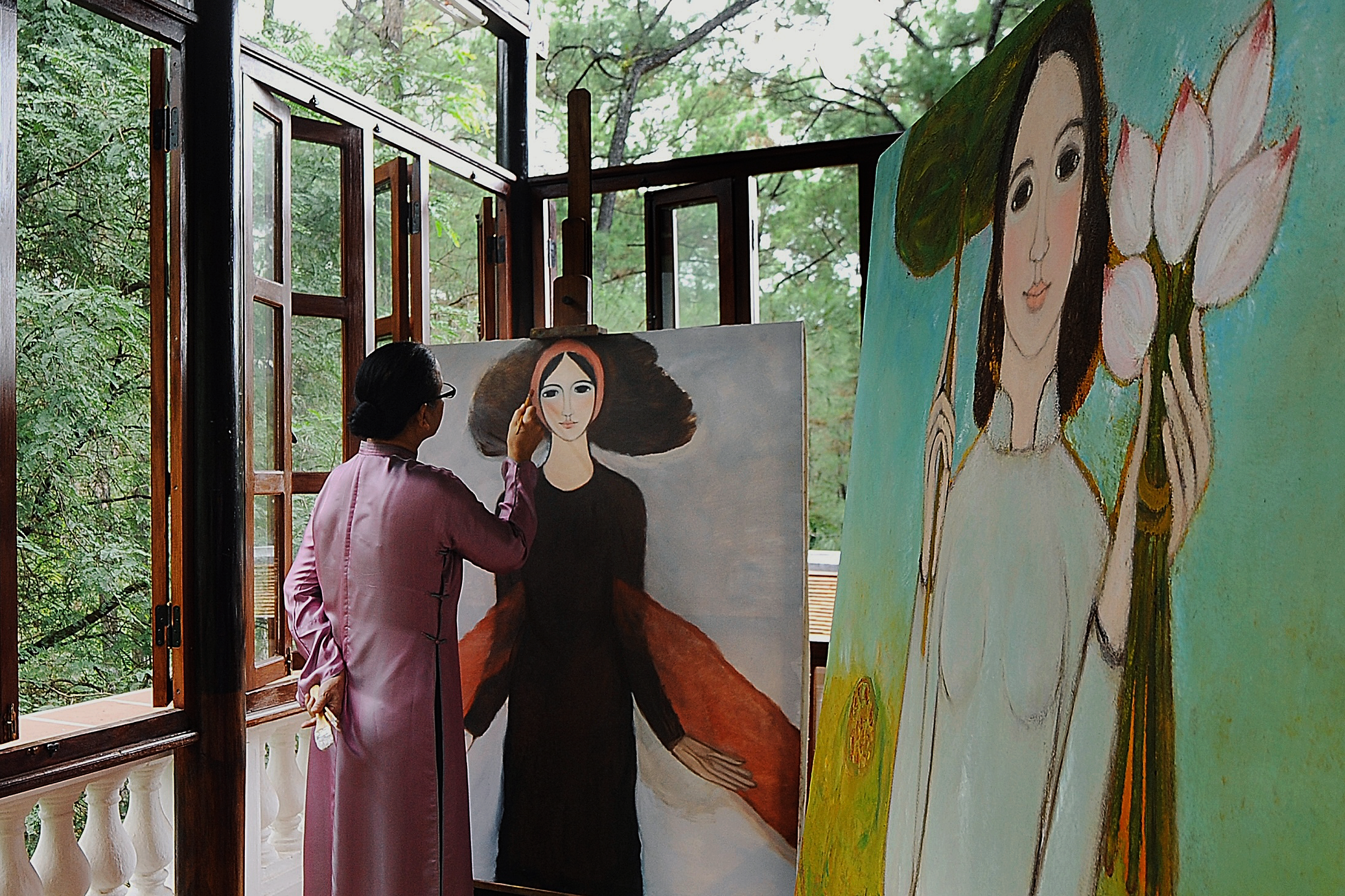
Heritage Magazine: Best of Both Worlds
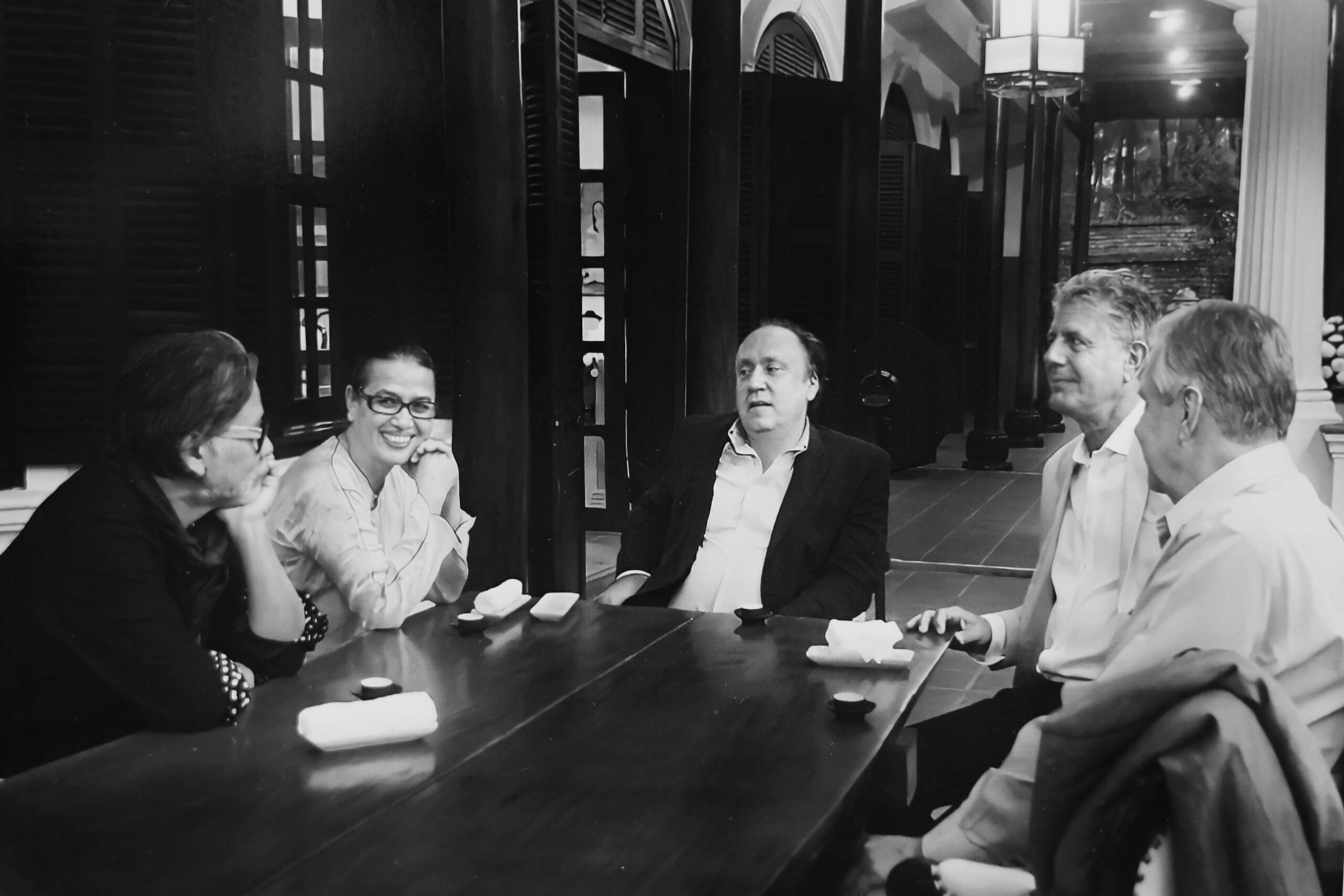
Anthony Bourdain Parts Unknown: Vivacious in Vietnam
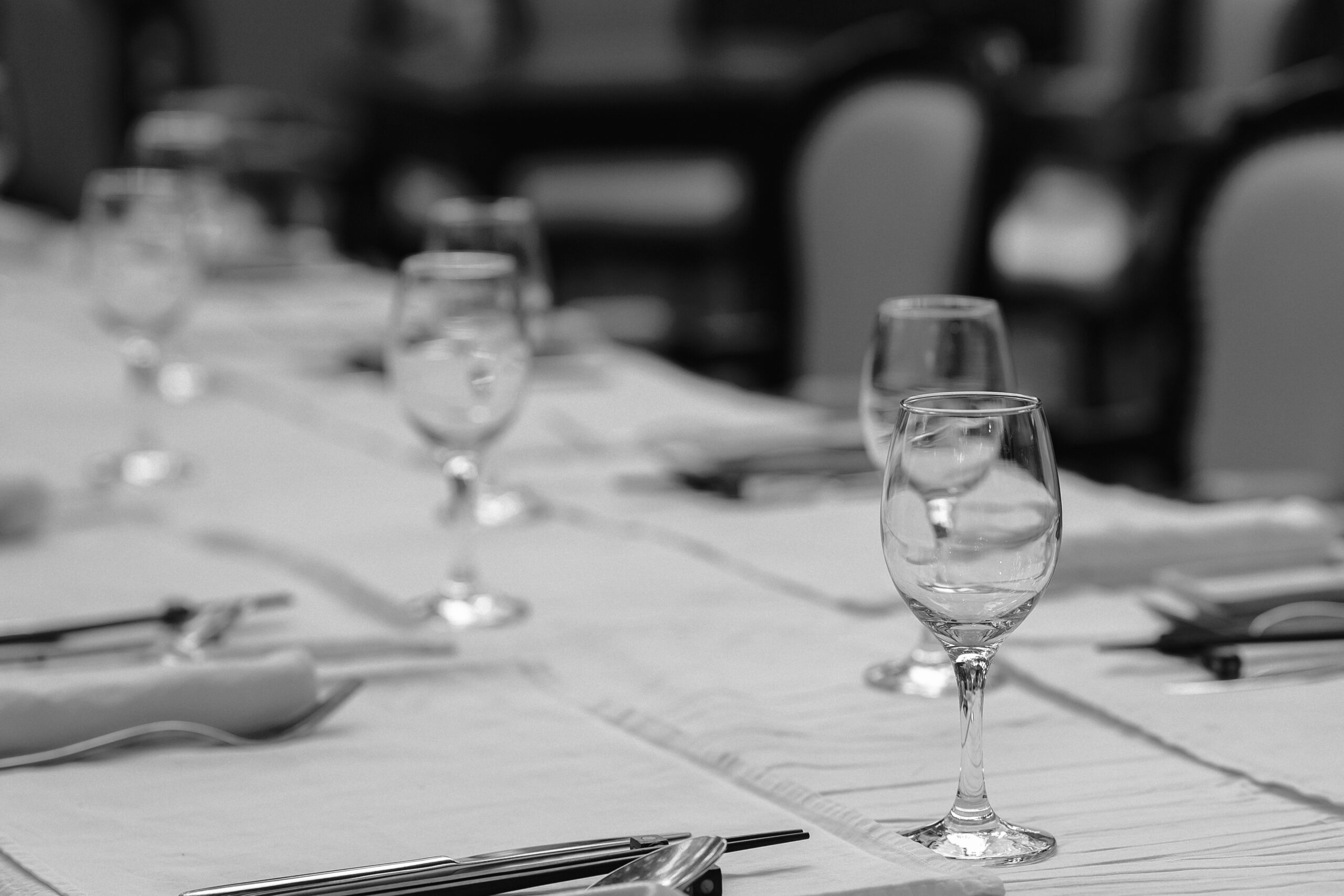
A Fork in Asia's Road: The Hue Home by John Krich
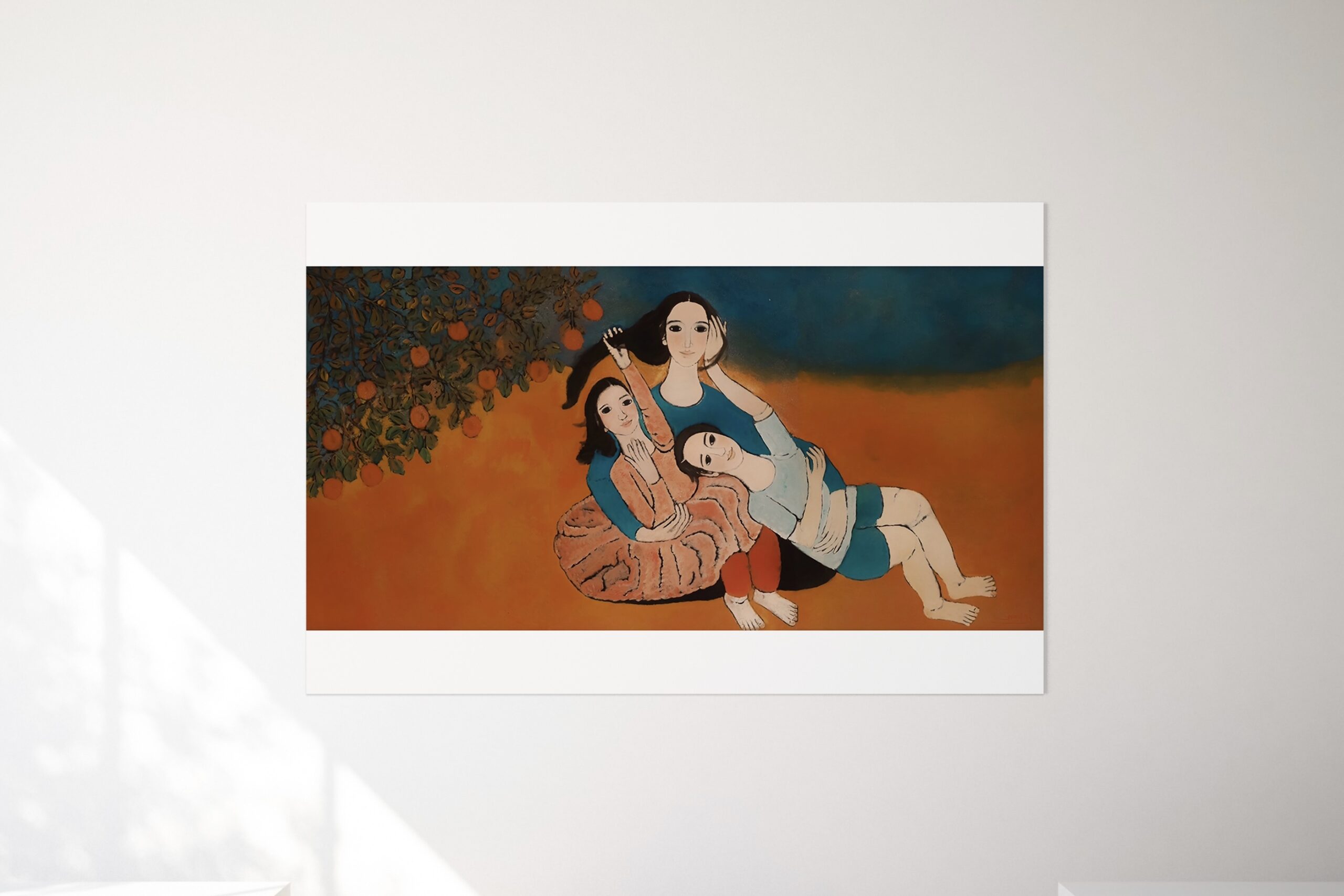
Thanh Nien News: Complete Transcendence

DestinAsian Magazine: Hungry for Hue

German Television Broadcaster ZDF Interview by Journalist Peter Kunz: Artist Boi Tran and the Gracefulness of Her Art, Cuisine and Architecture at Boi Tran Garden

"Thank you for opening your house to us but furthermore, your heart" - Gilbert Montagné
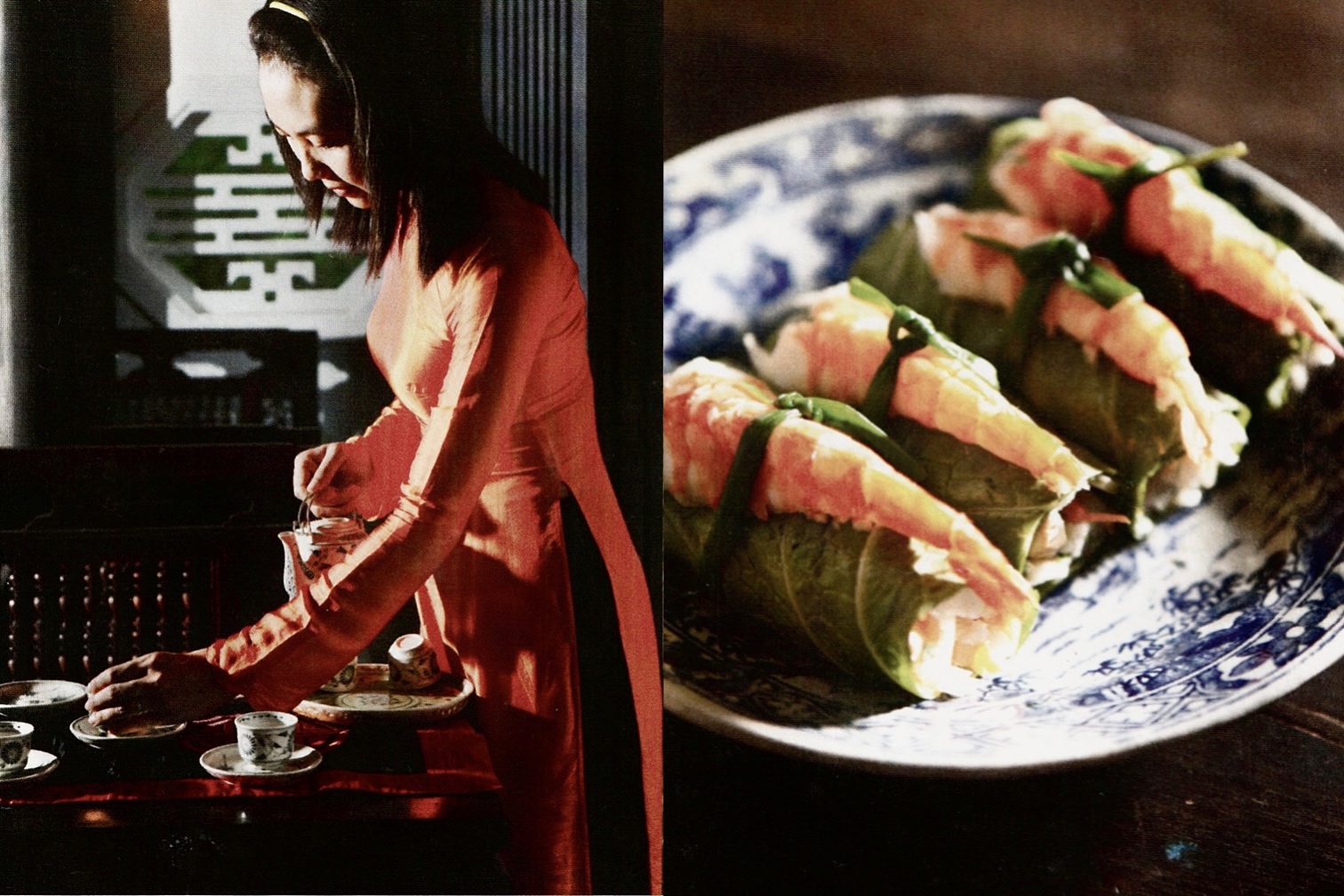
Travel+Leisure Magazine: Vietnamese Food - The Ultimate Food Guide

Boi Tran 'Madonna', the First Time Presented and Phenomenally Hammered at Sotheby's Hong Kong in 2008
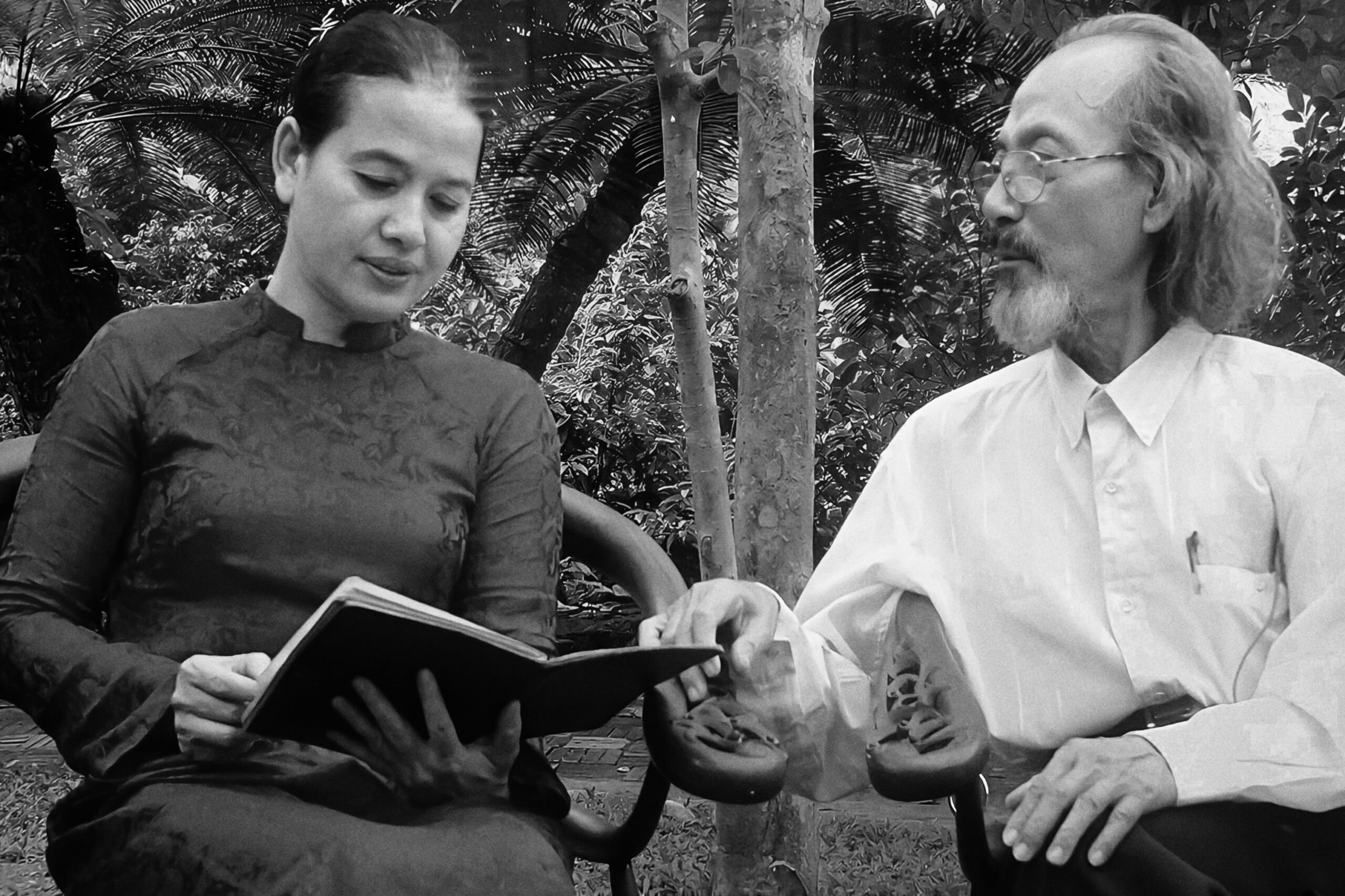
Luu Ly and Bui Xuan Phai Sketchbook: A True Sense of Nostalgia at Boi Tran Art Gallery

Cultural Exchange: Singapore's Asian Civilisations Museum, The Peranakan Museum Founding Director Dr Kenson Kwok "Thank you for beautifully nourishing our bodies and souls" and the Singapore Home Affairs Delegation at Boi Tran Garden
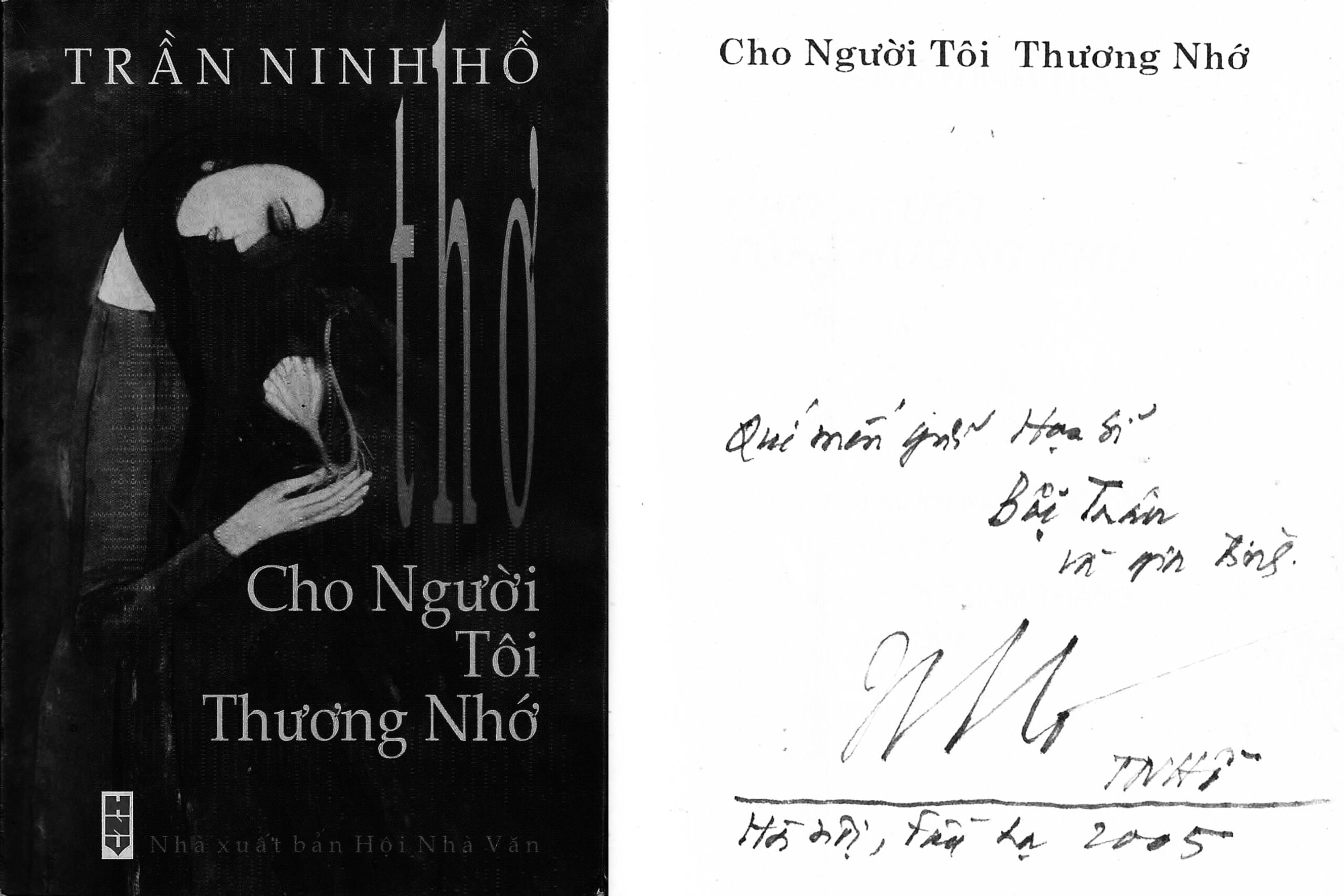
Tran Ninh Ho's "For the one I miss" and "A Lady and Lotus" by Boi Tran
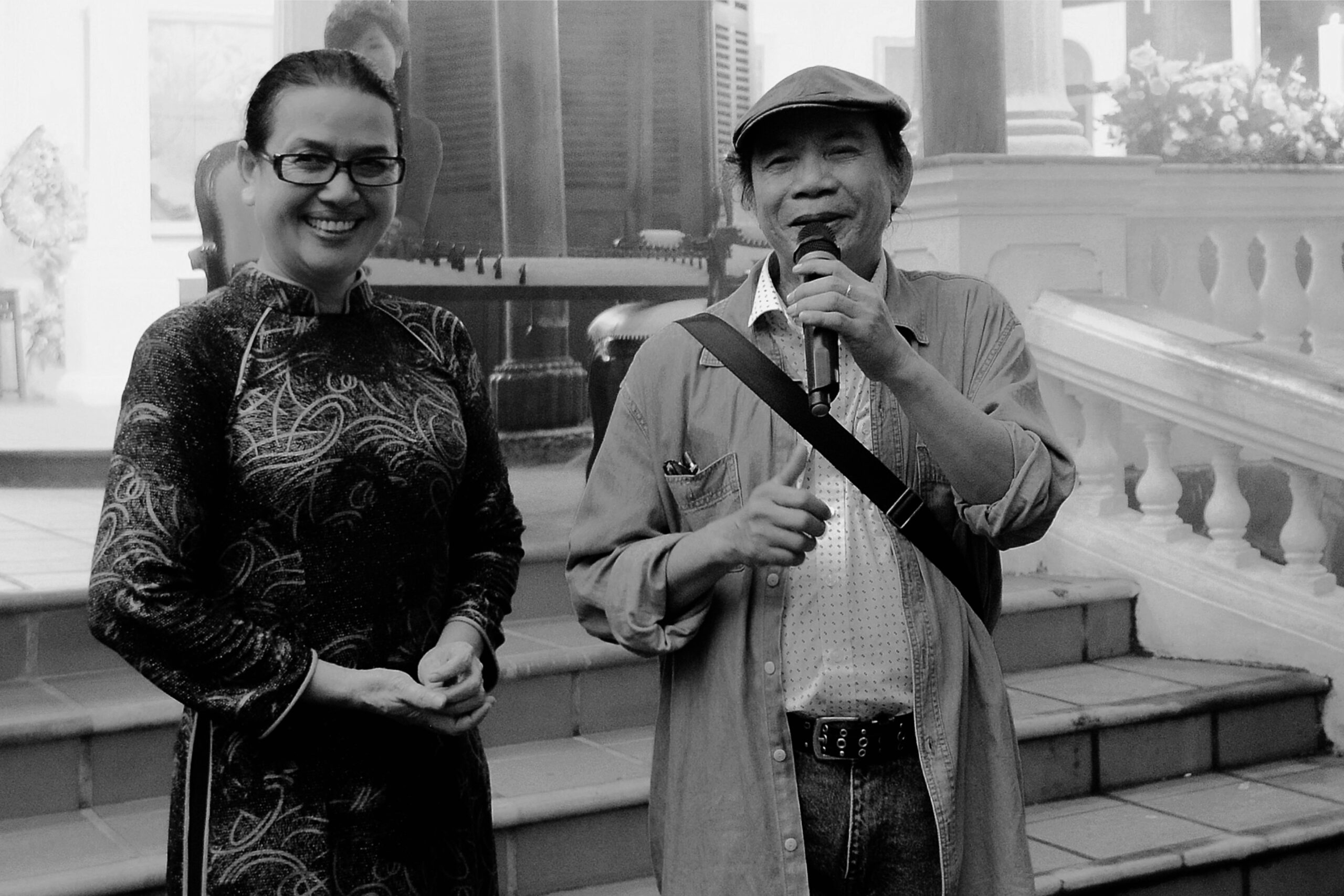
Boi Tran, Ladies and Flowers by Nguyen Trong Tao
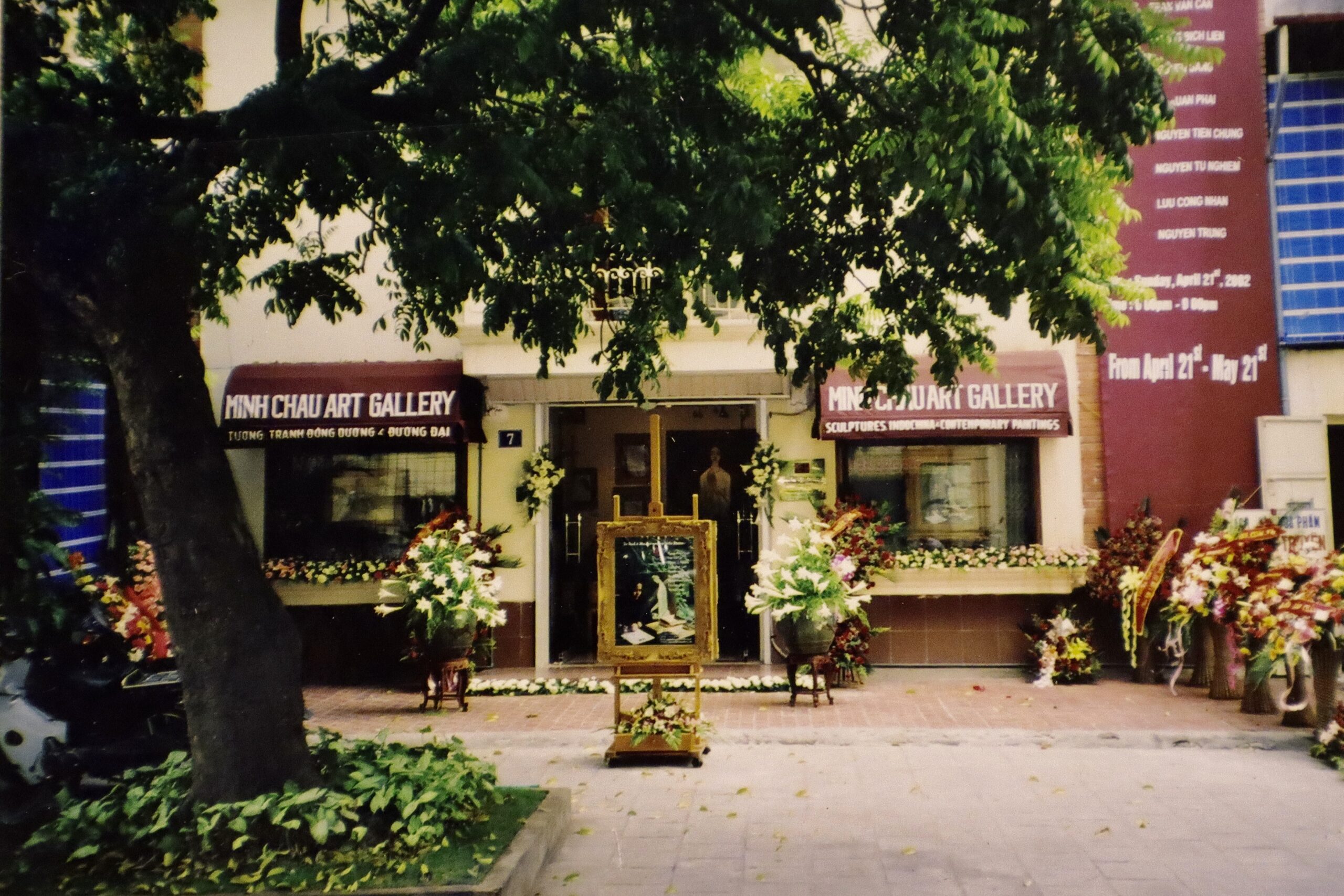
Asian Art News: Small and Miniature Paintings by the Masters at Minh Chau Art Gallery
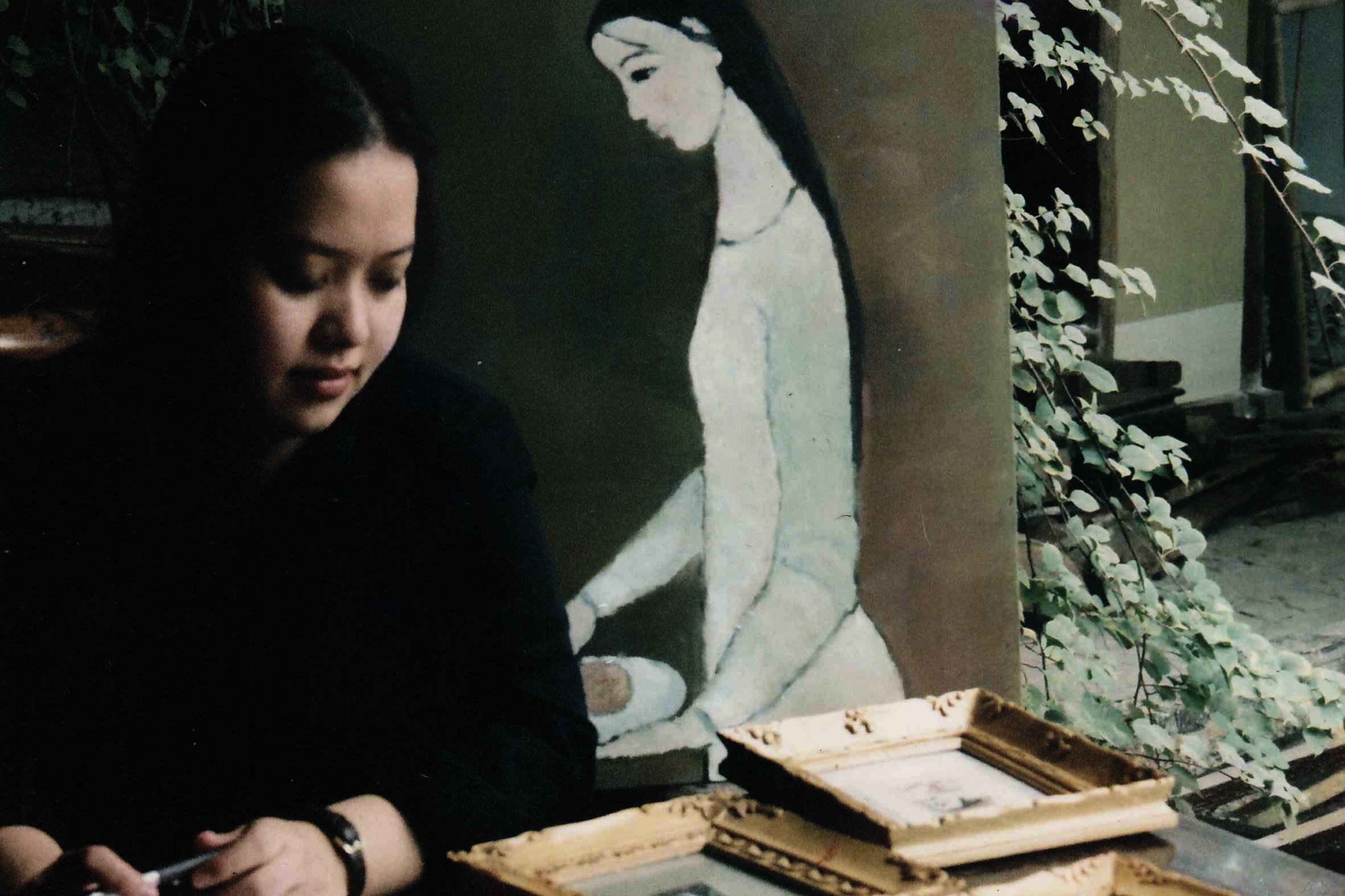
Small and Miniature Masterpieces: The Art of Vietnam's Iconic Artists
